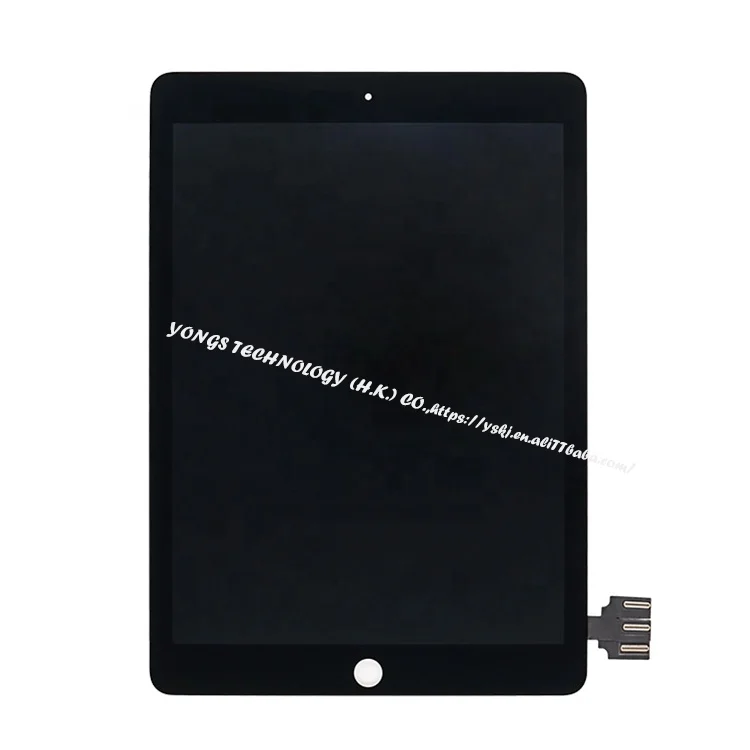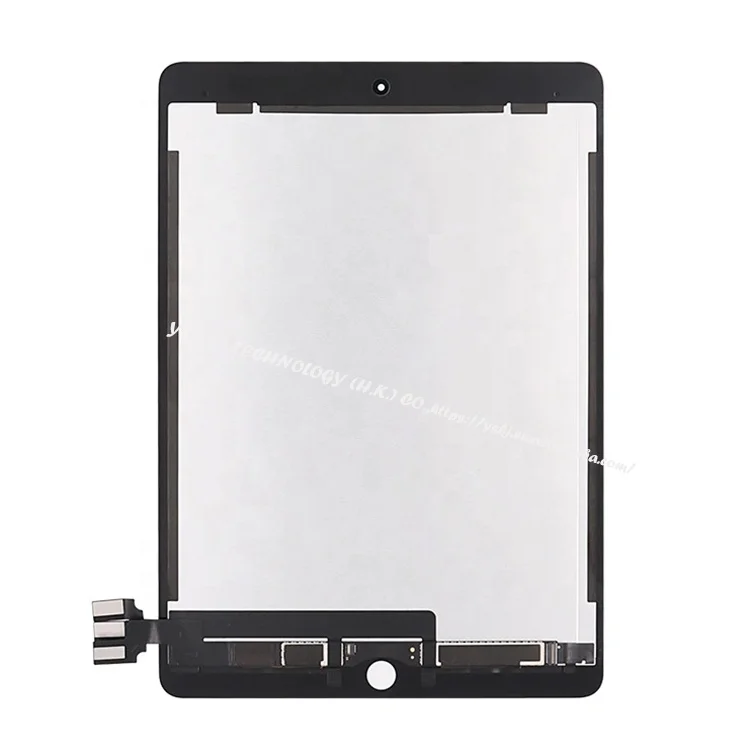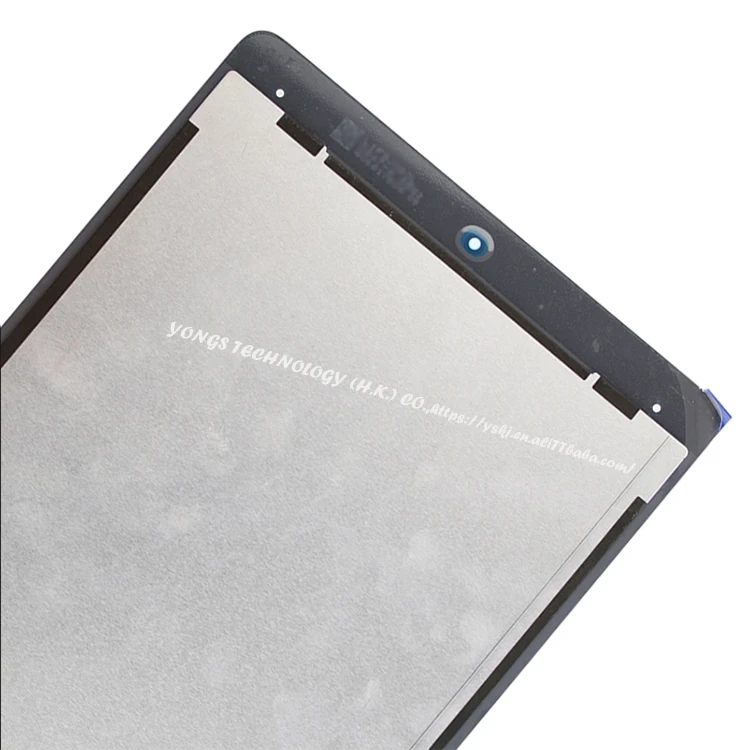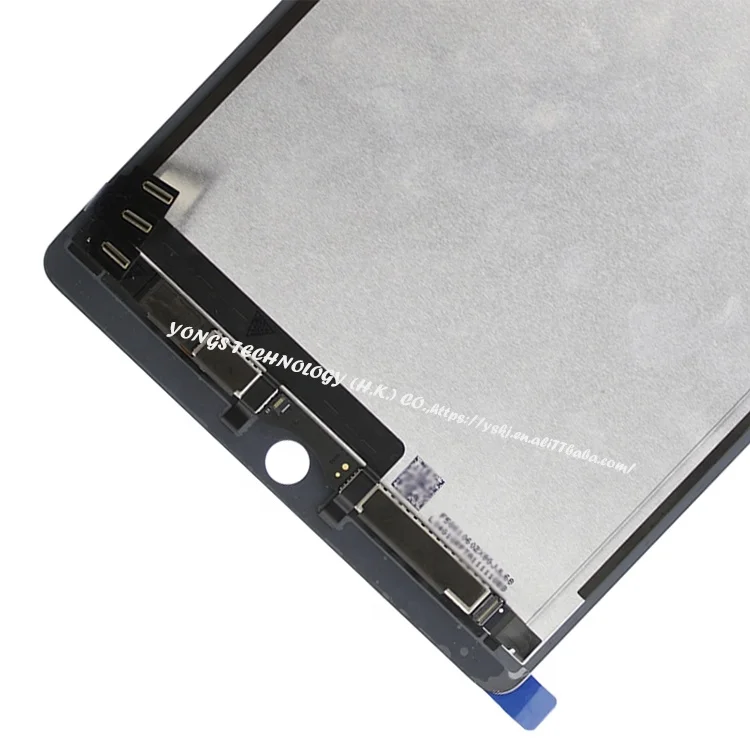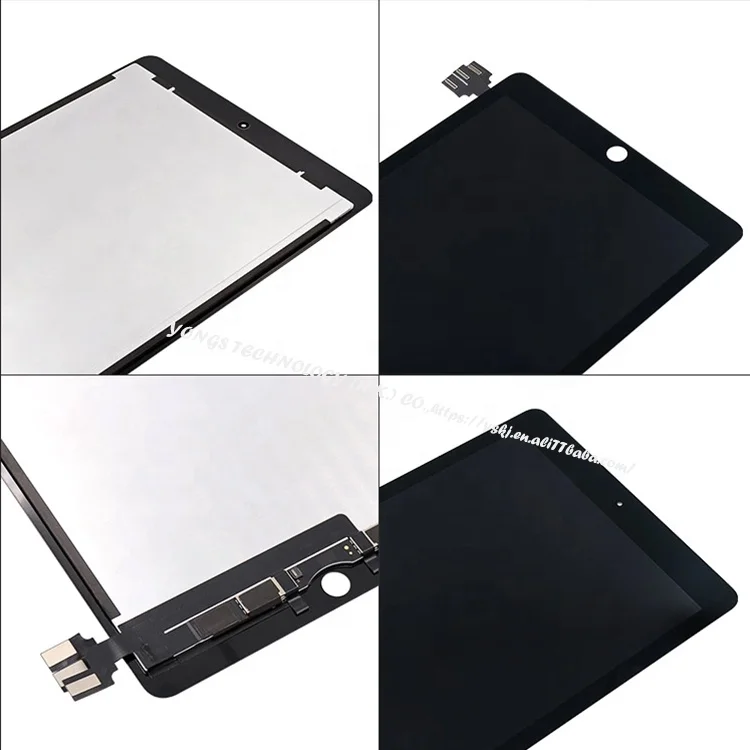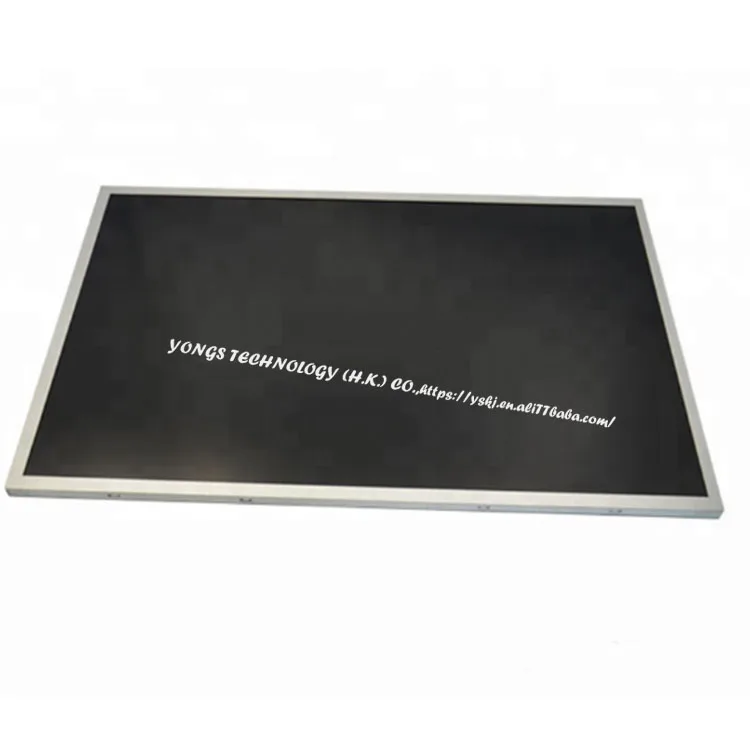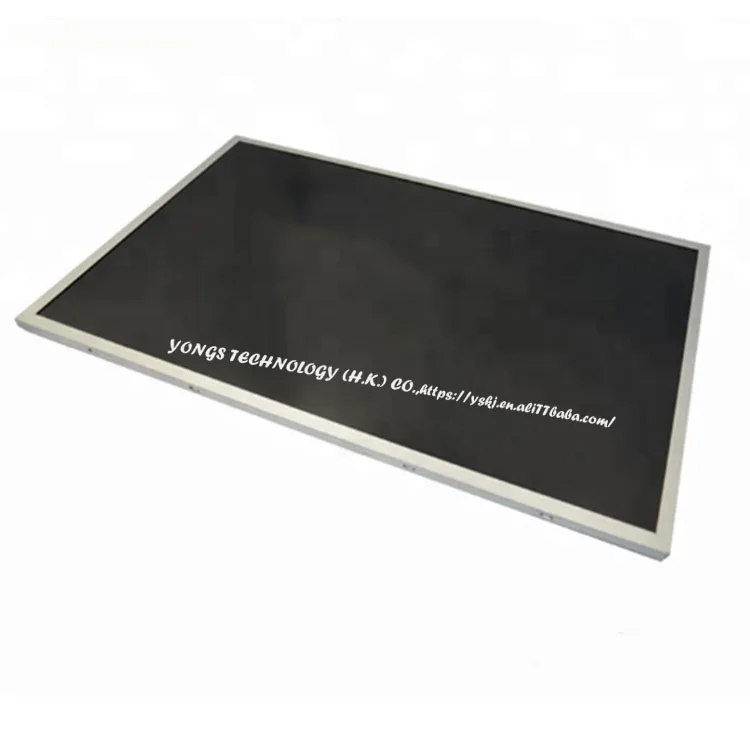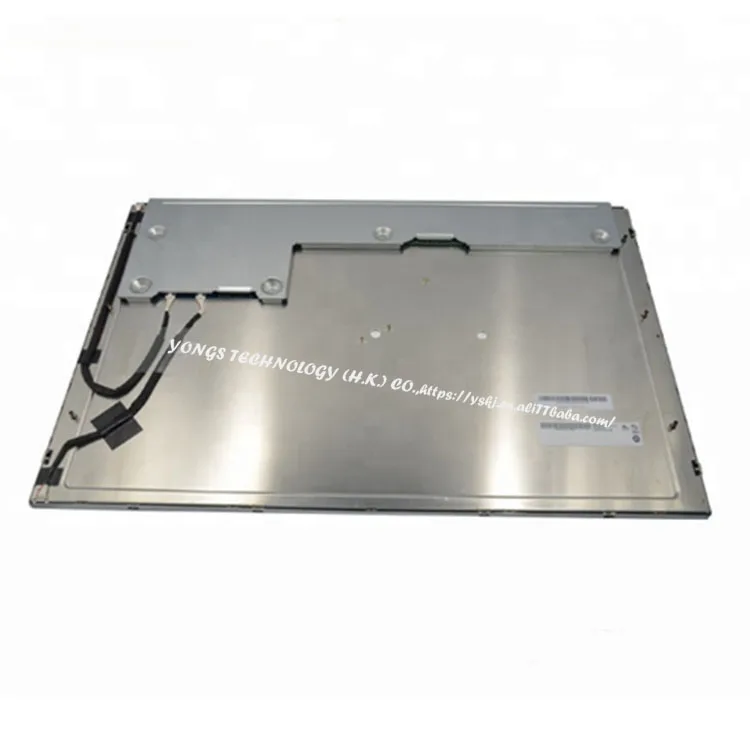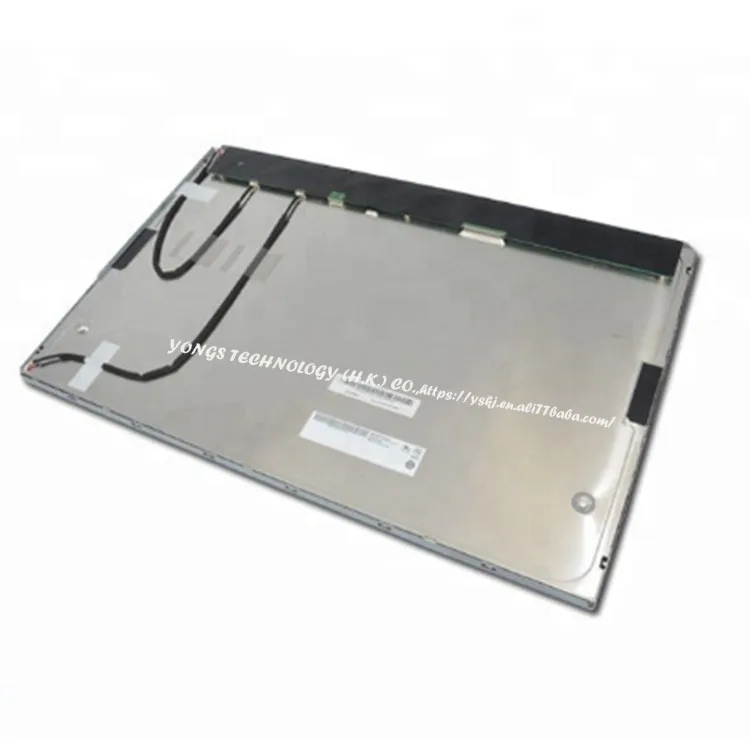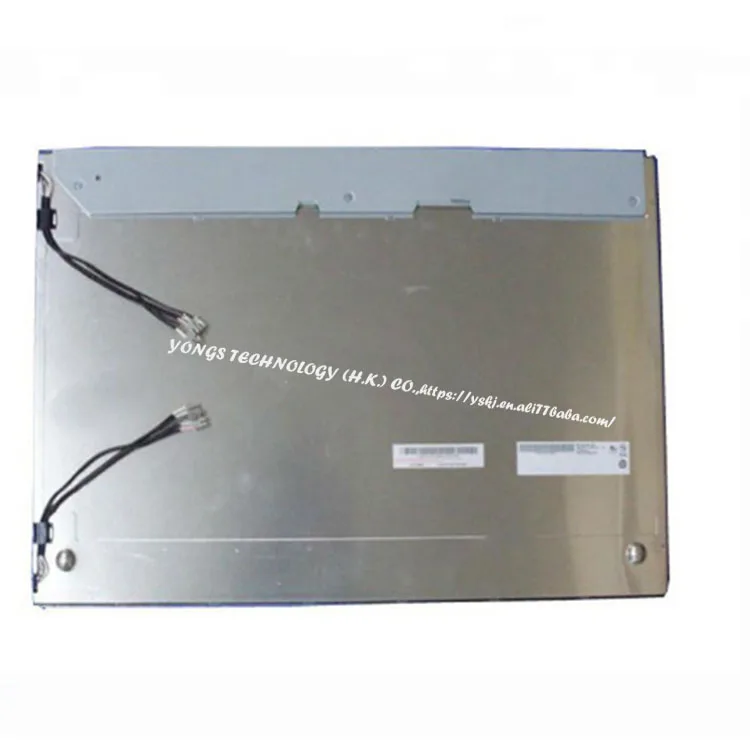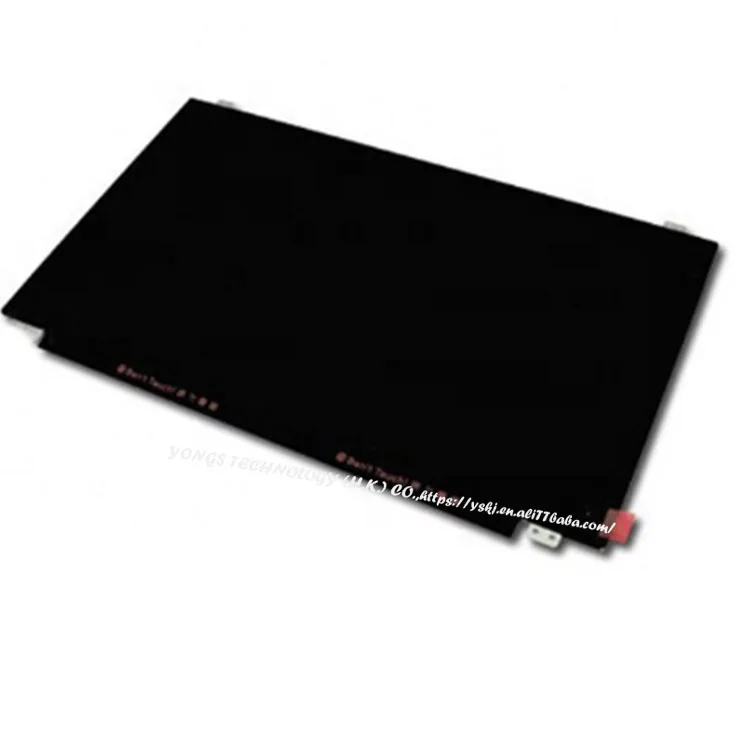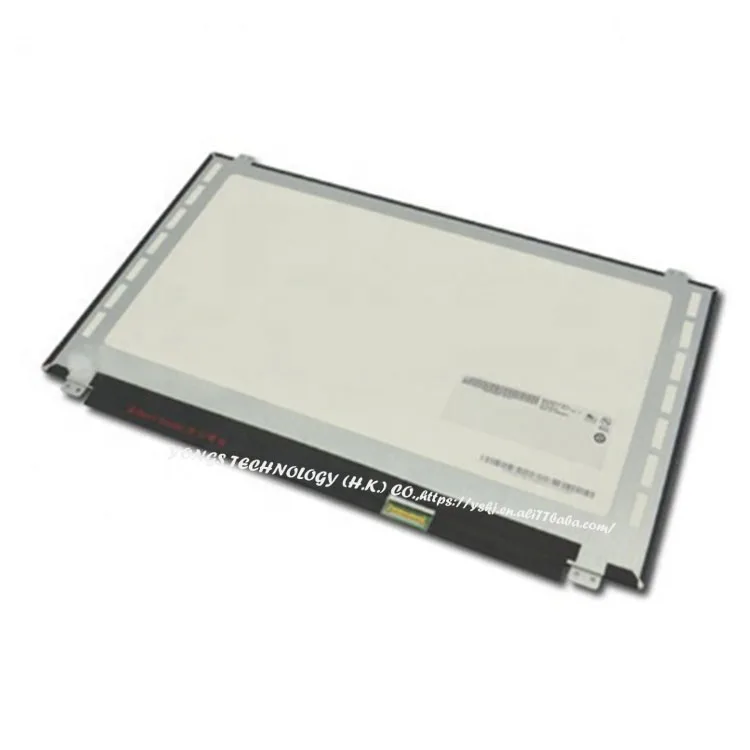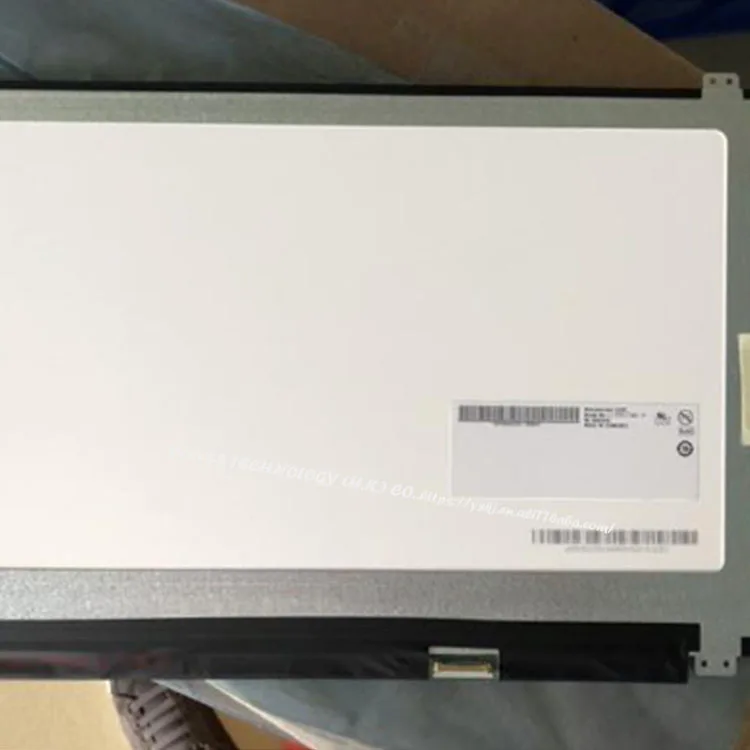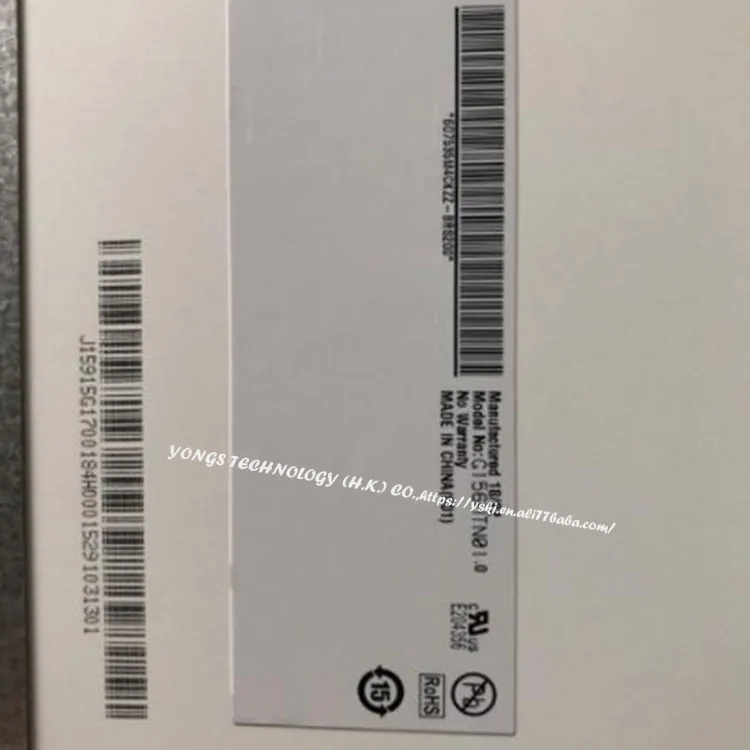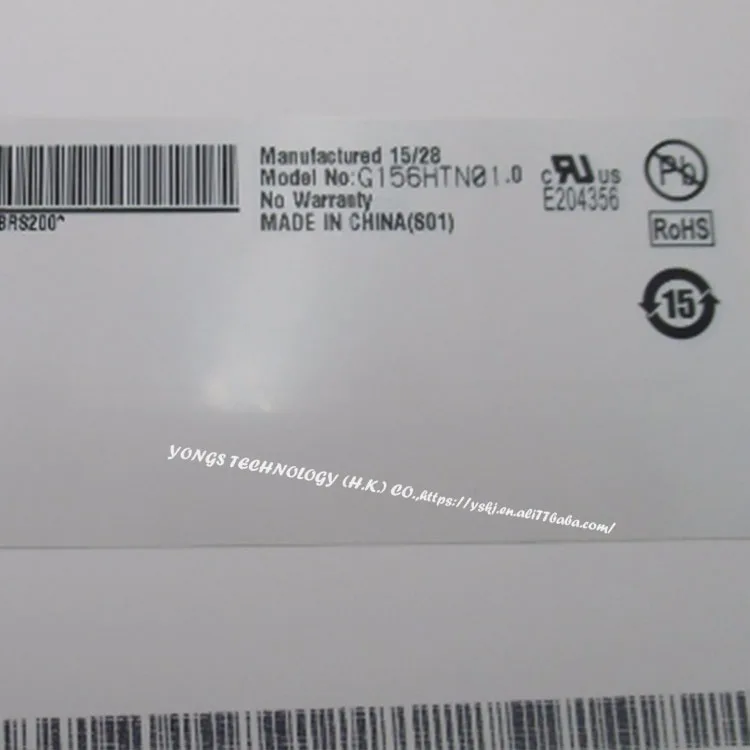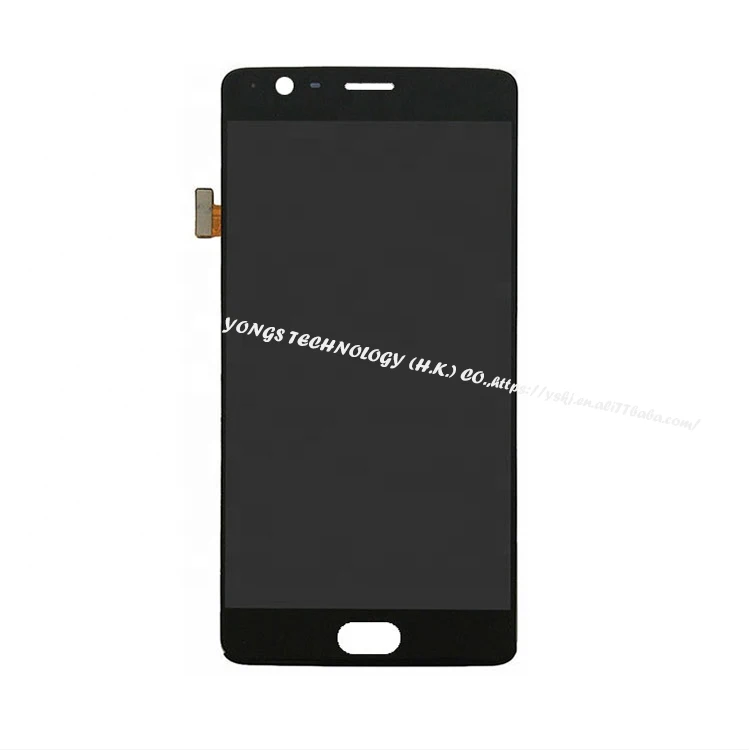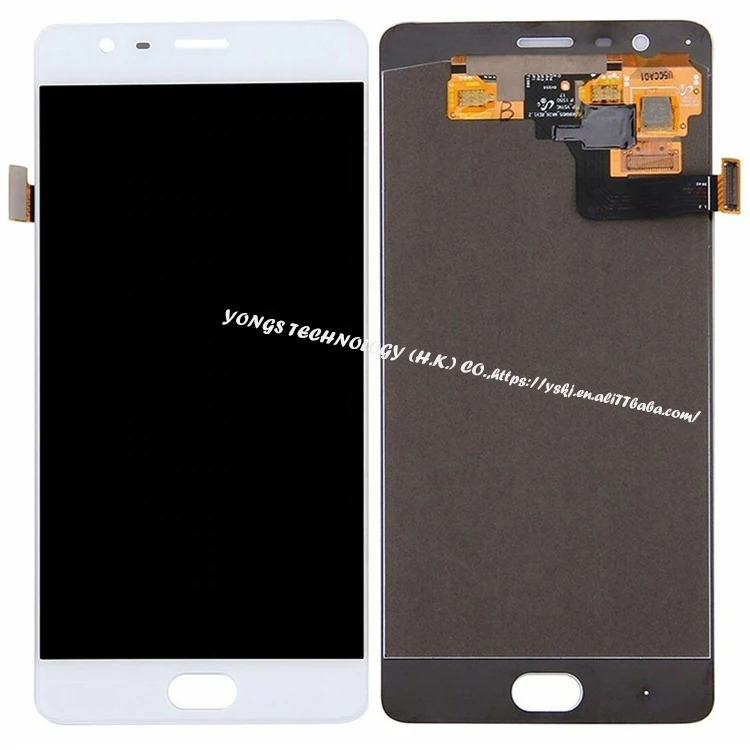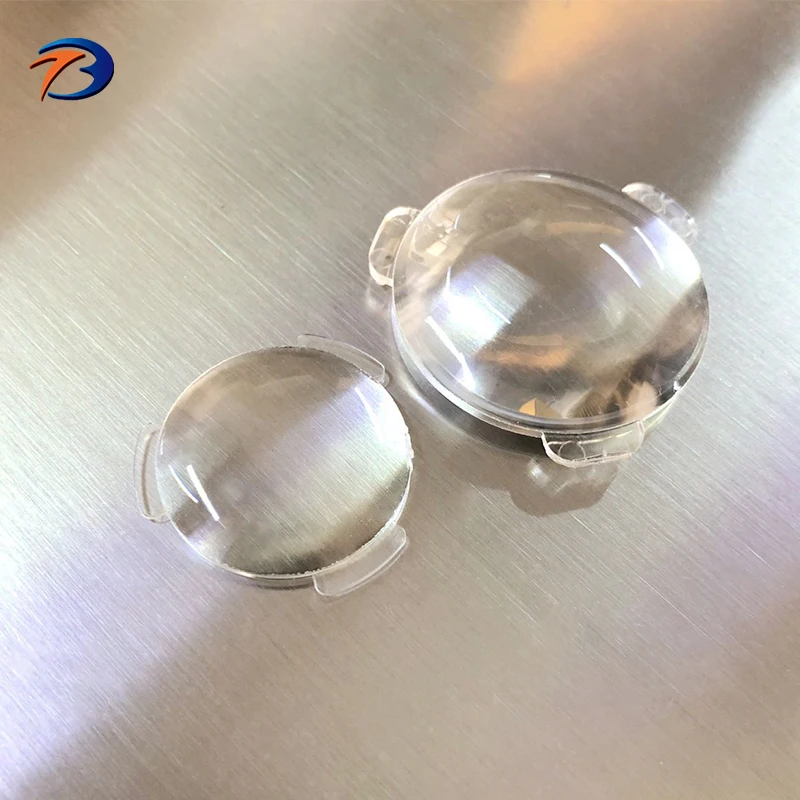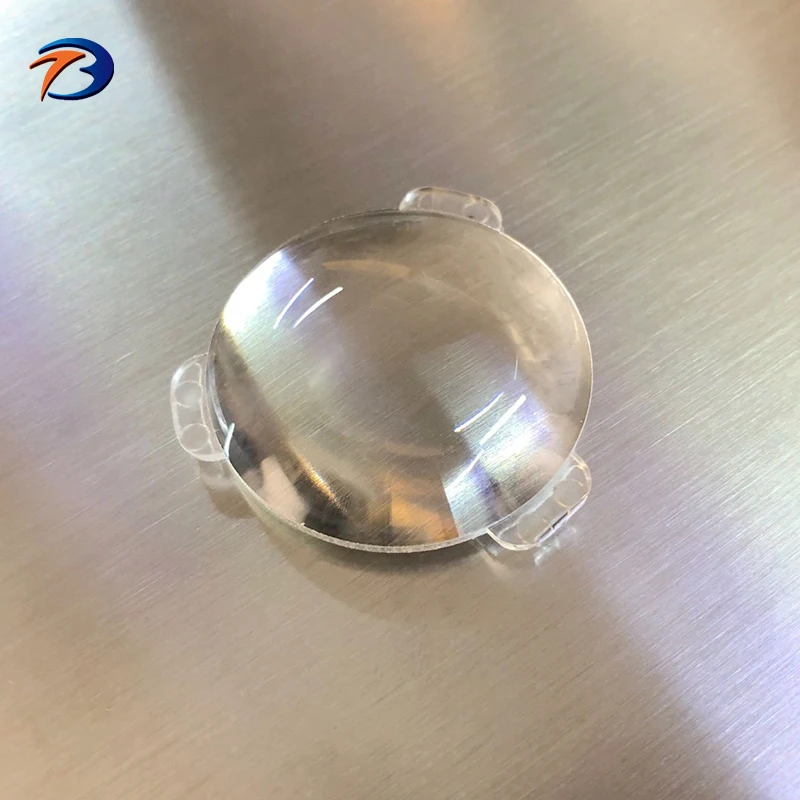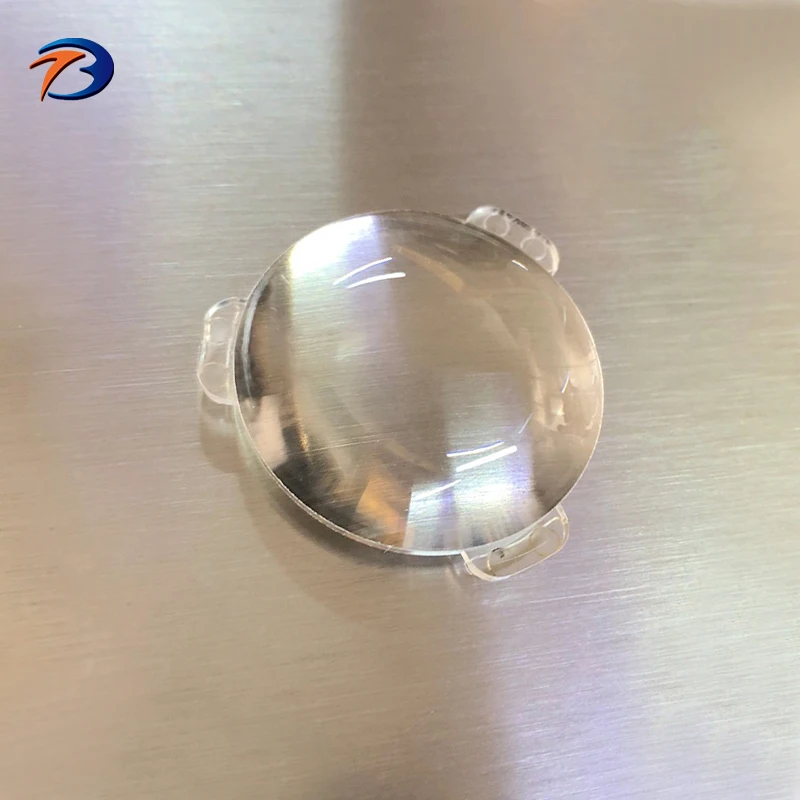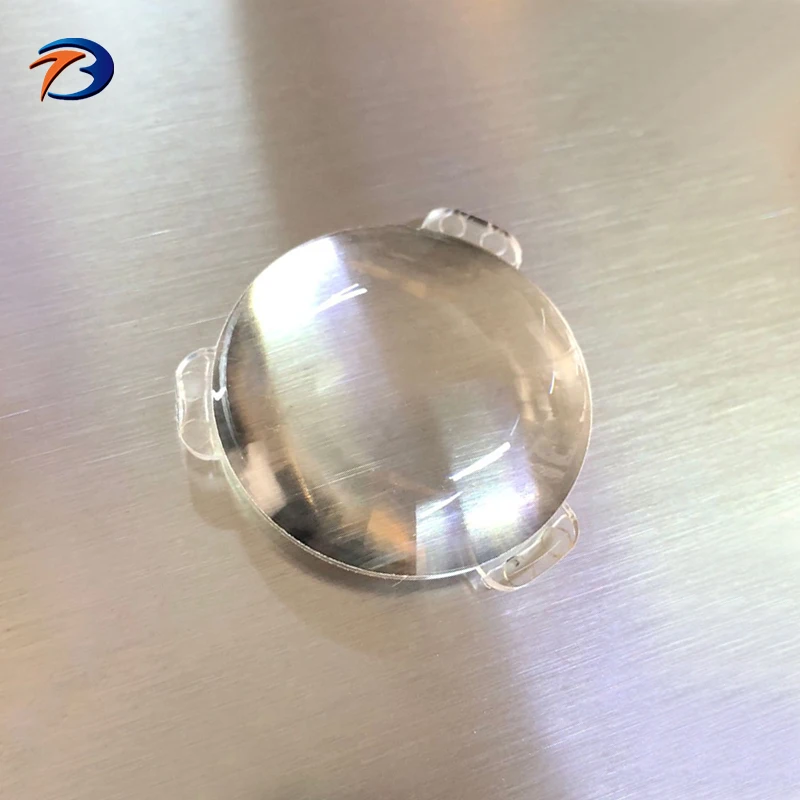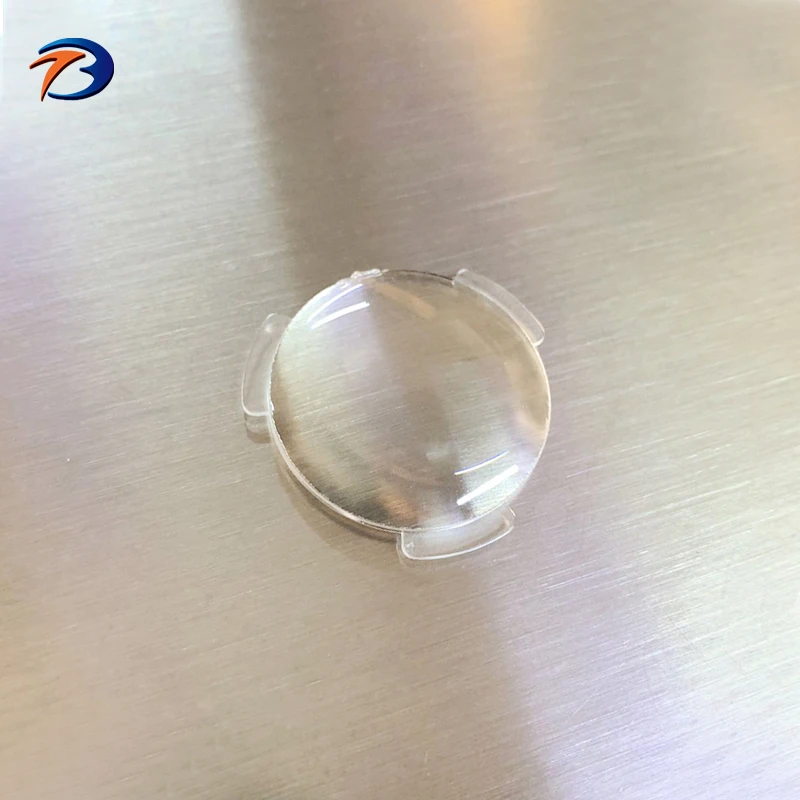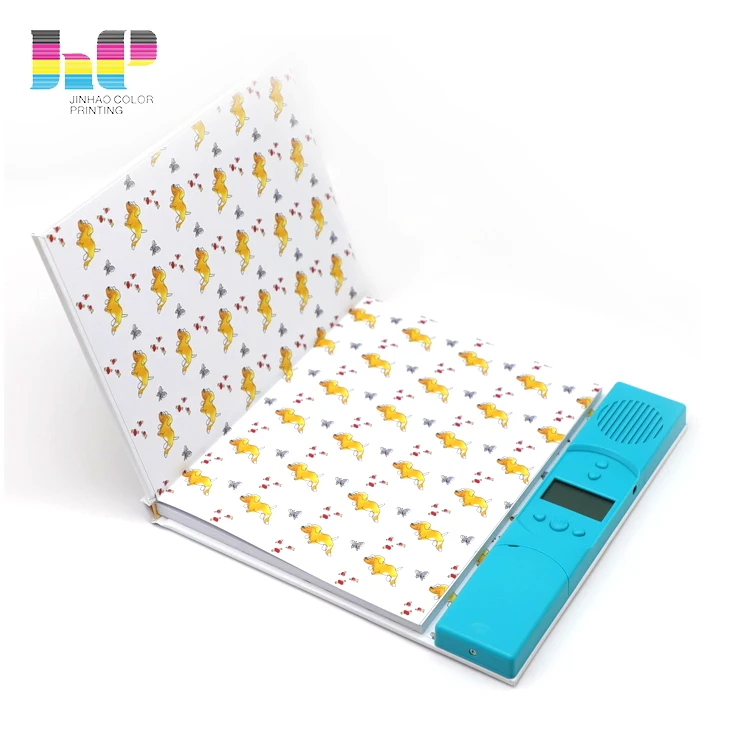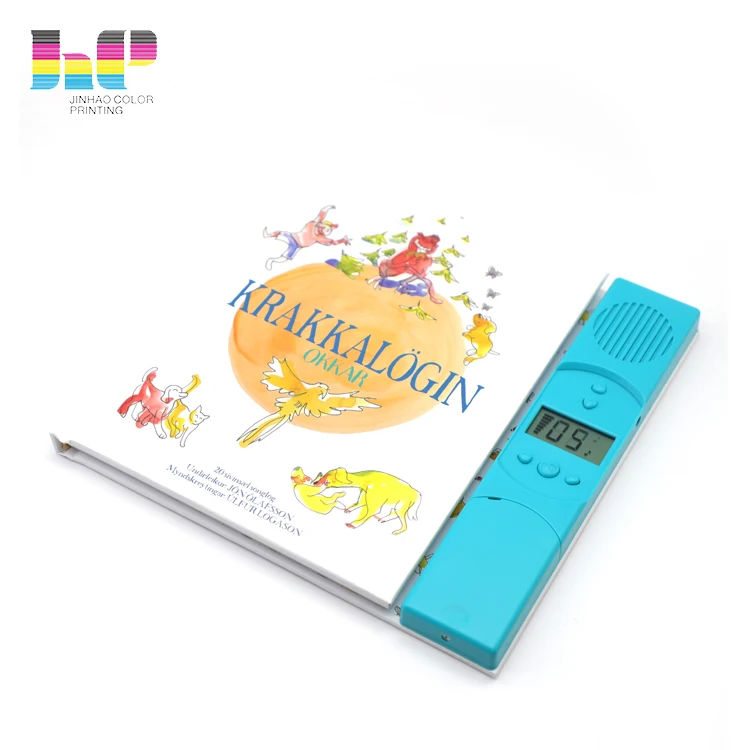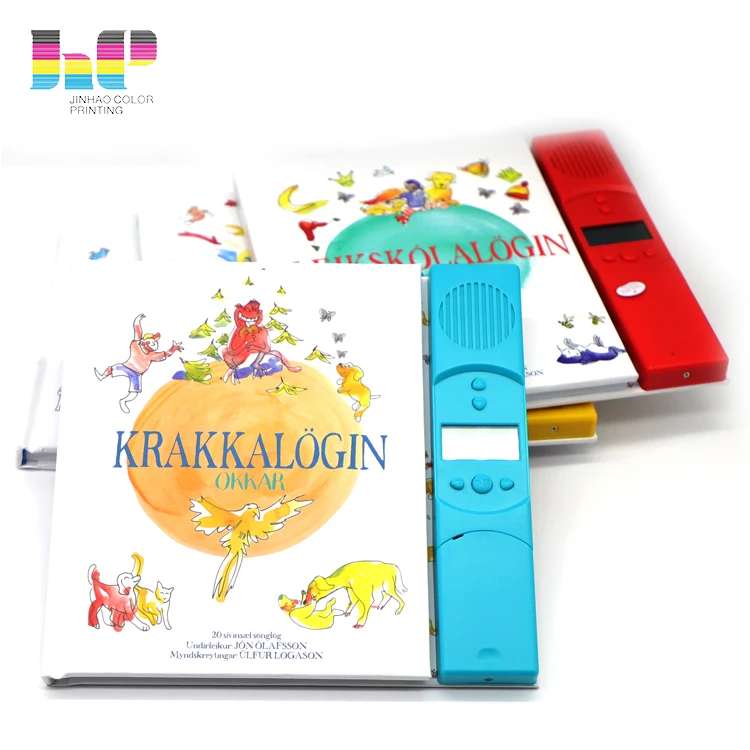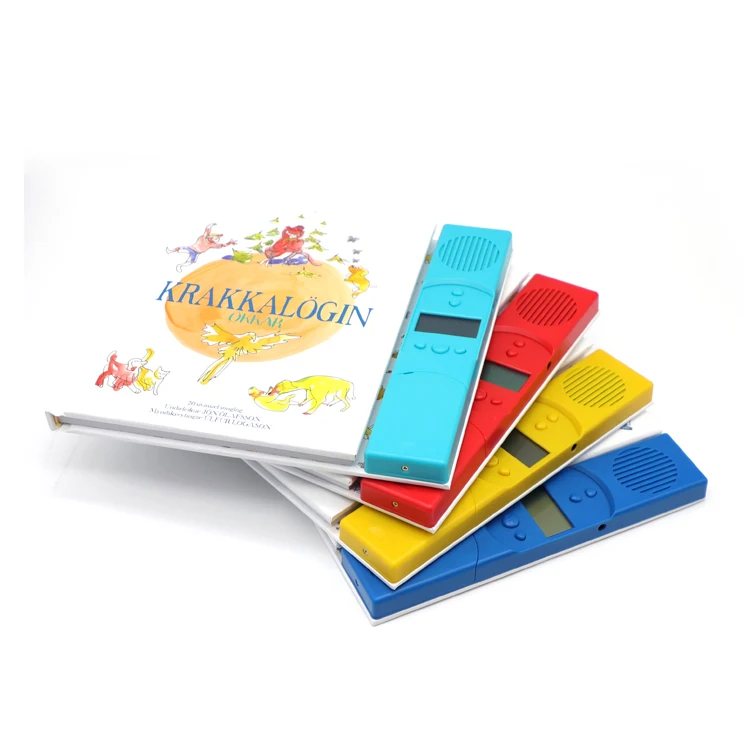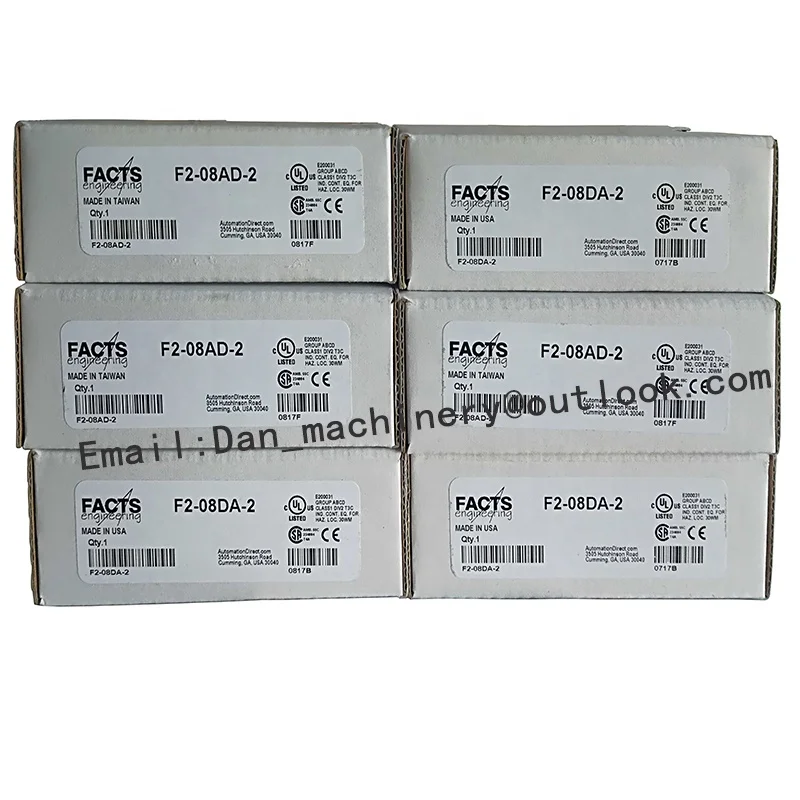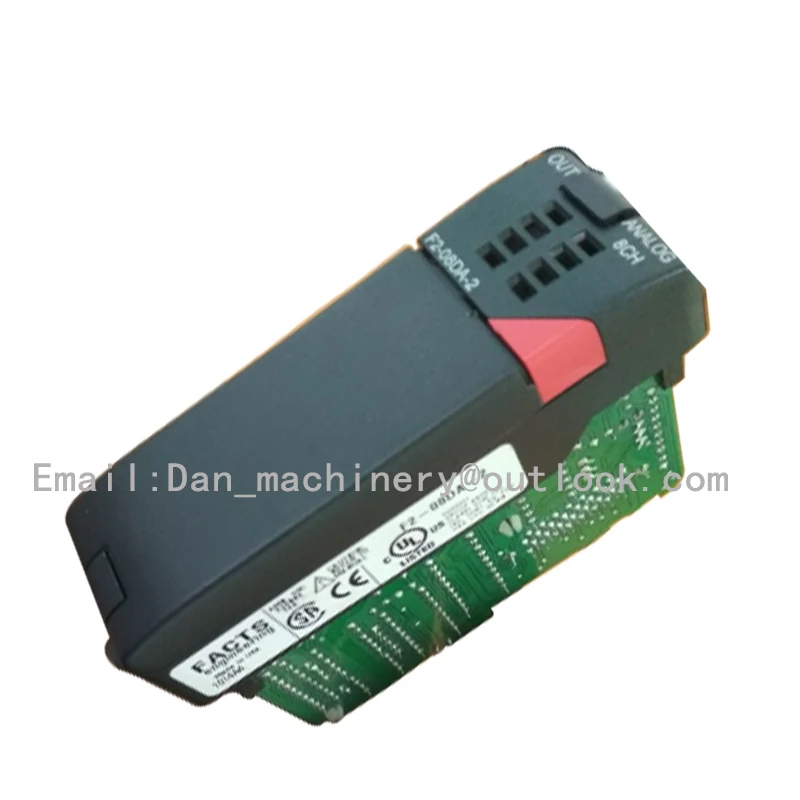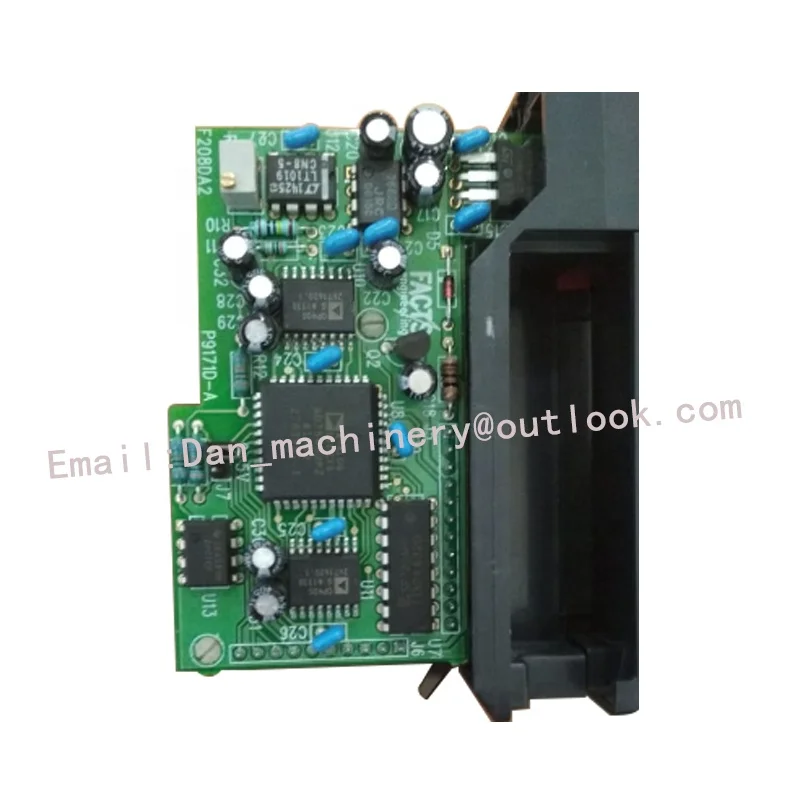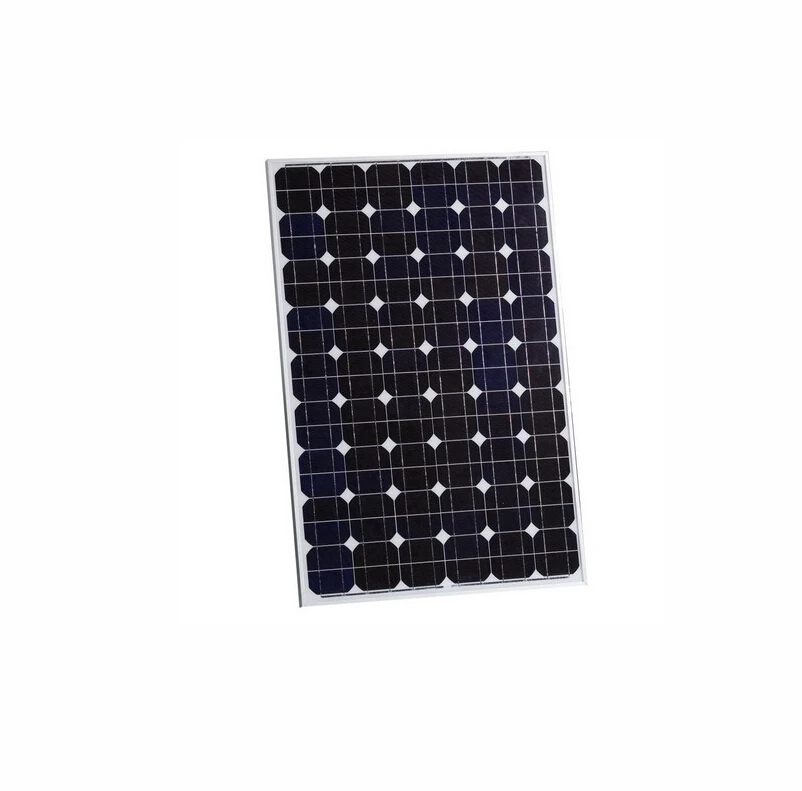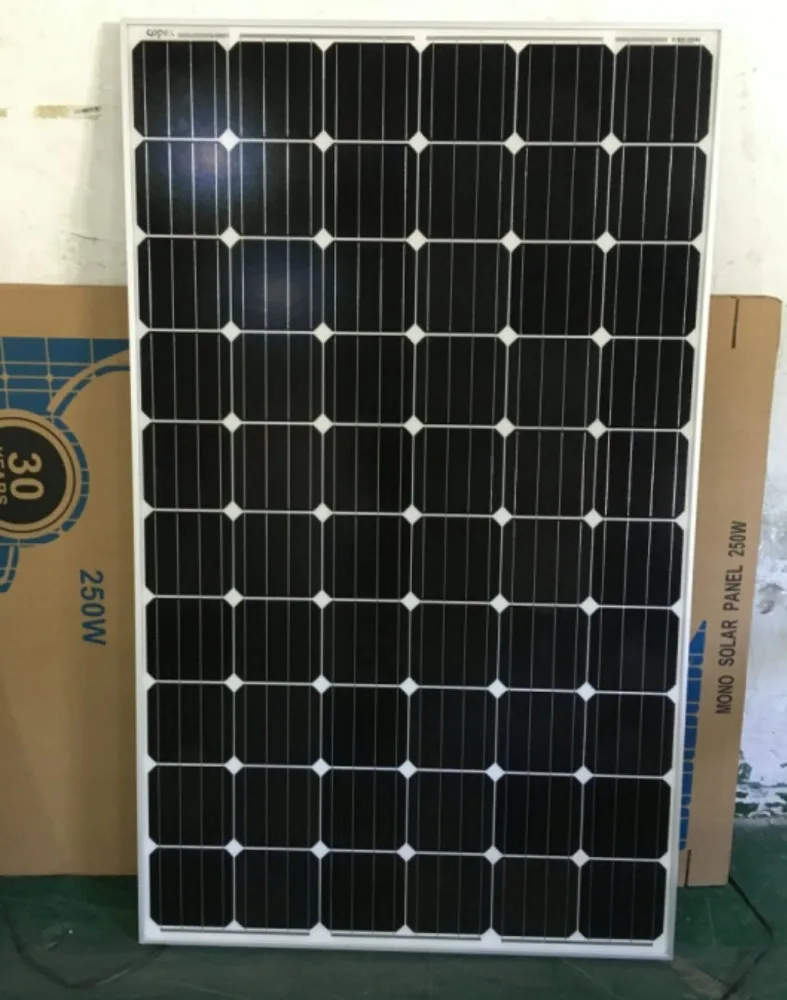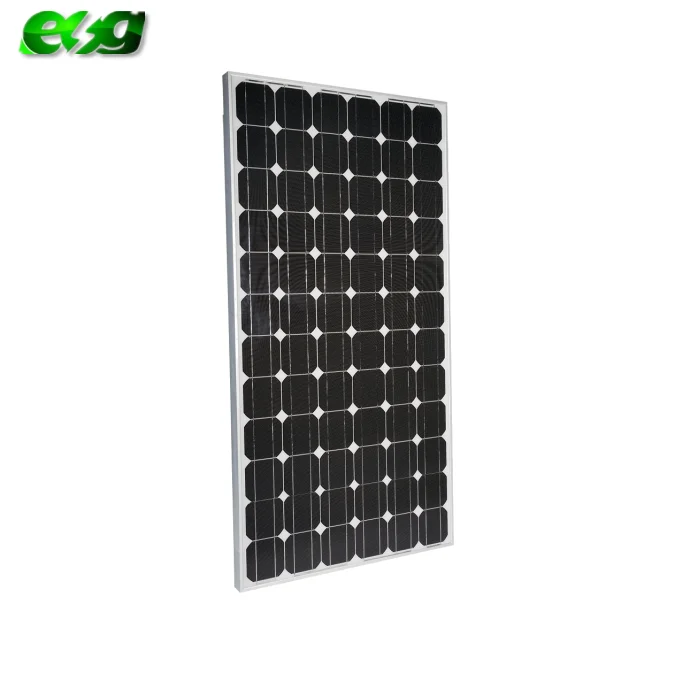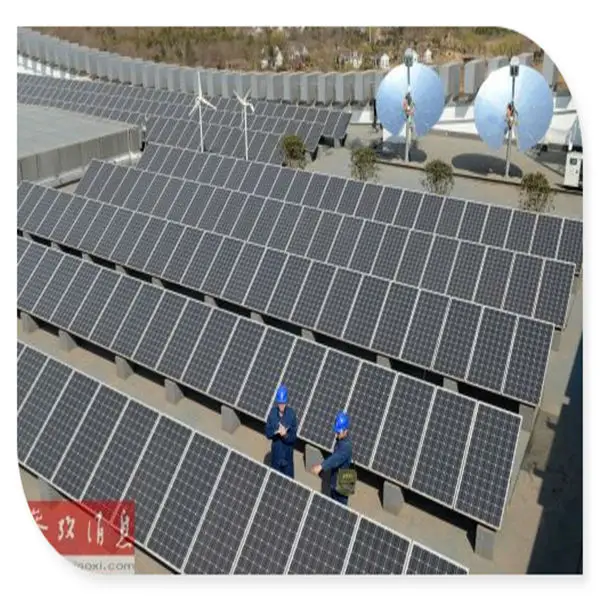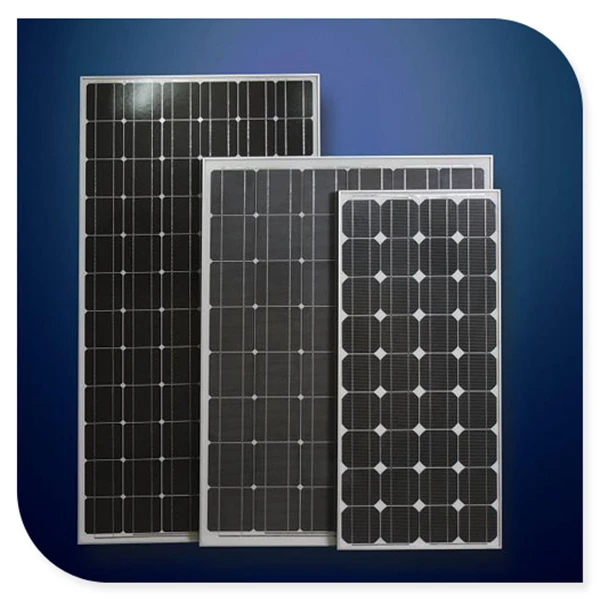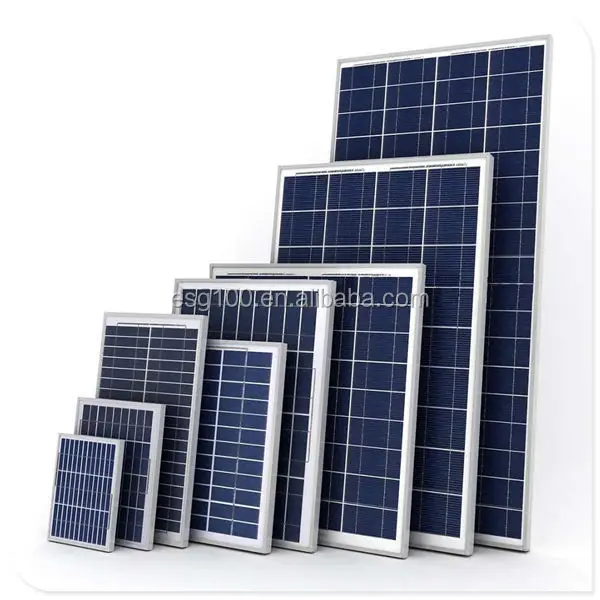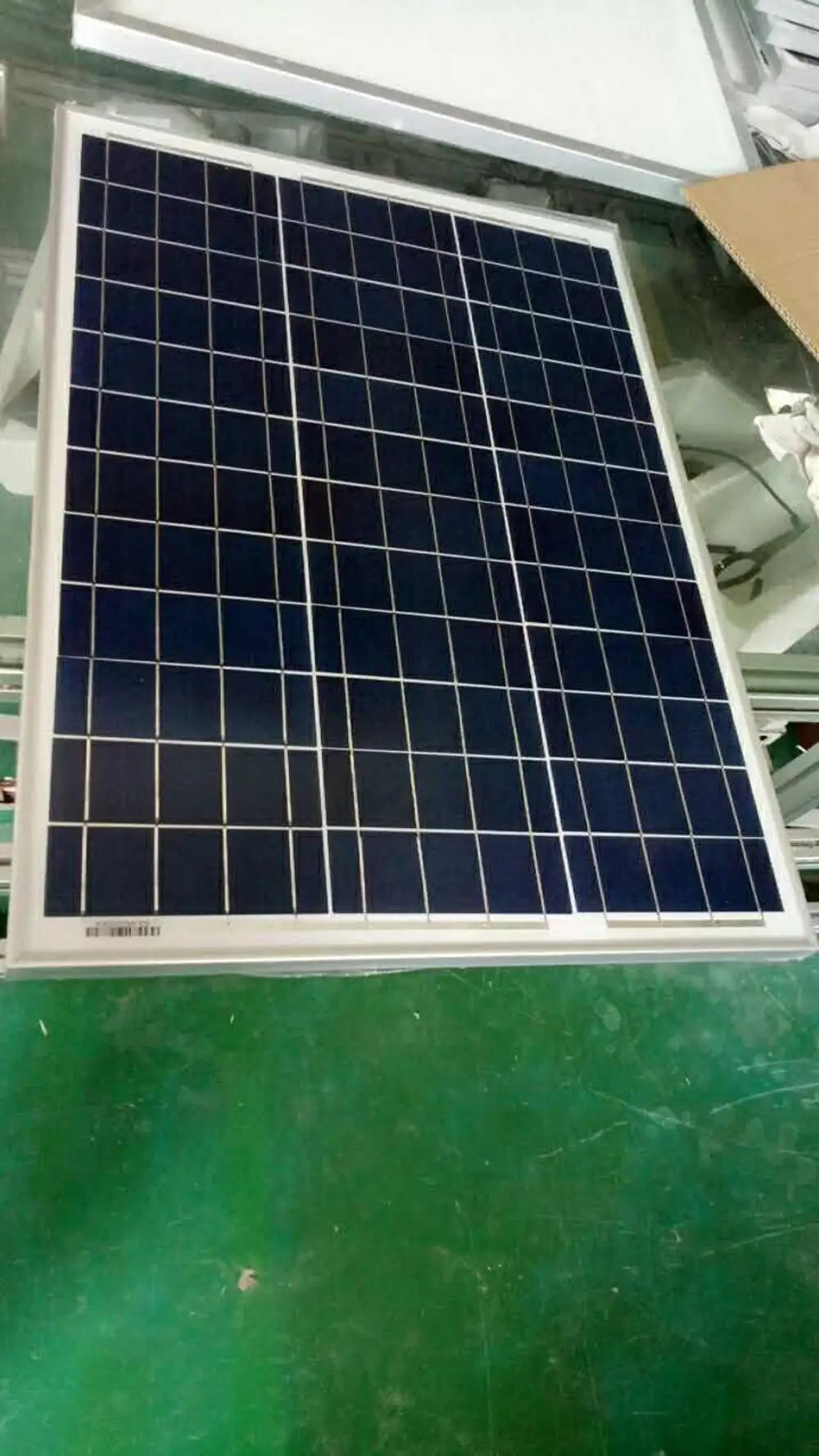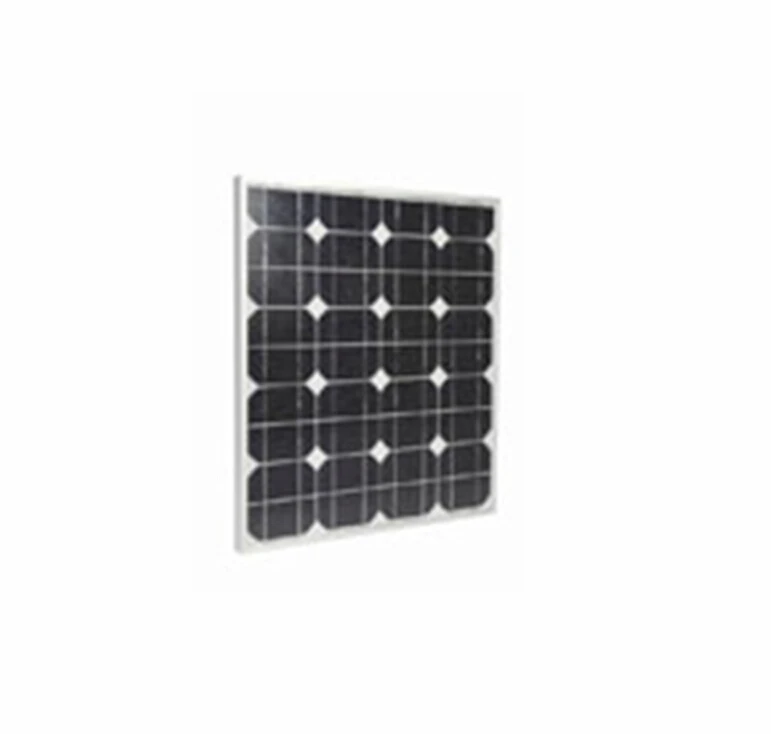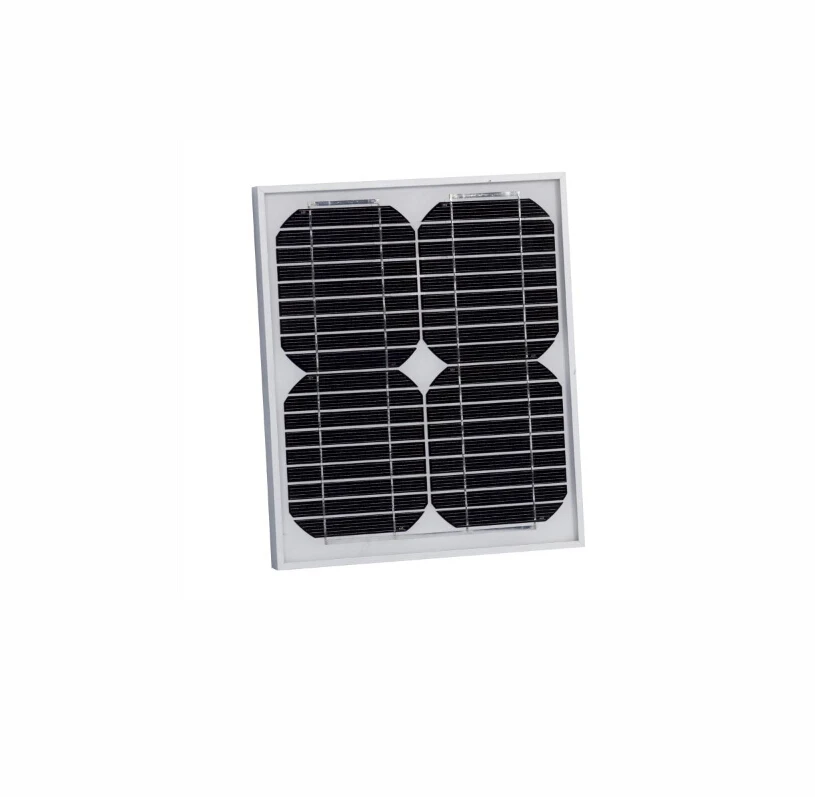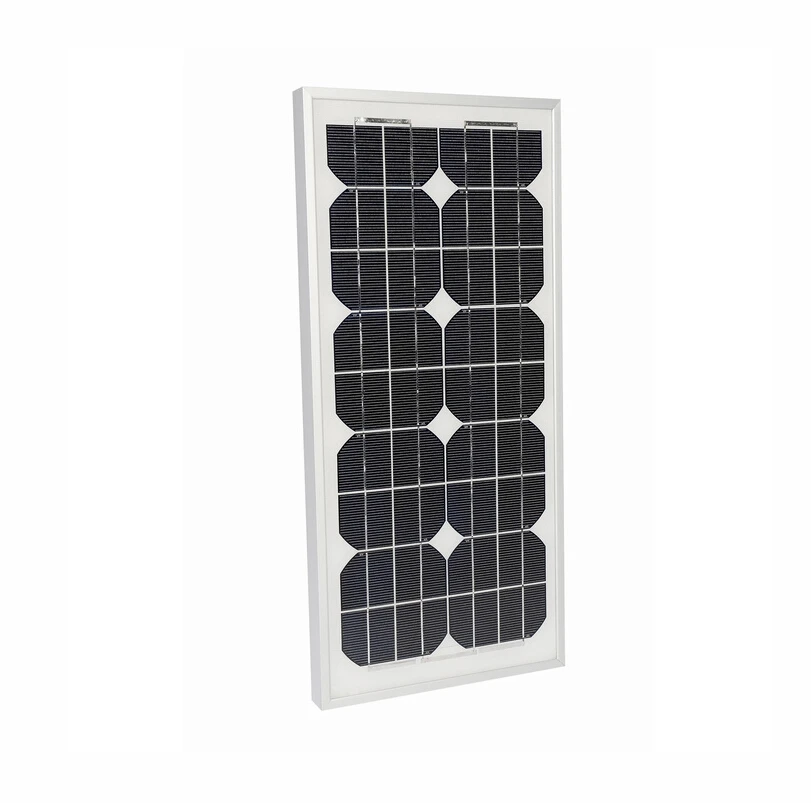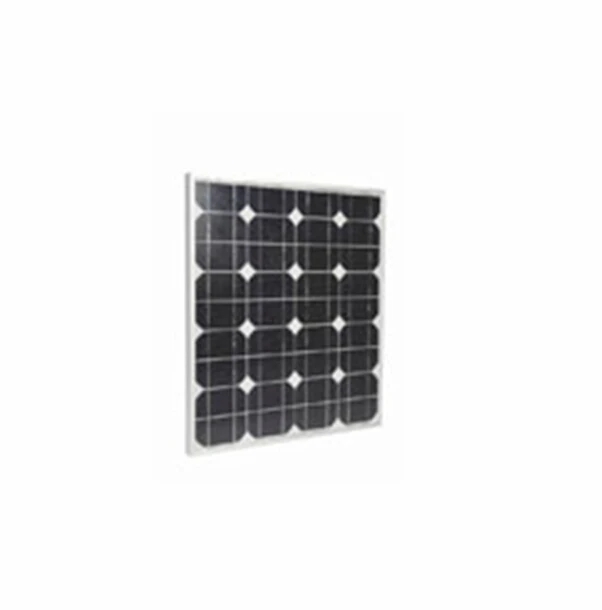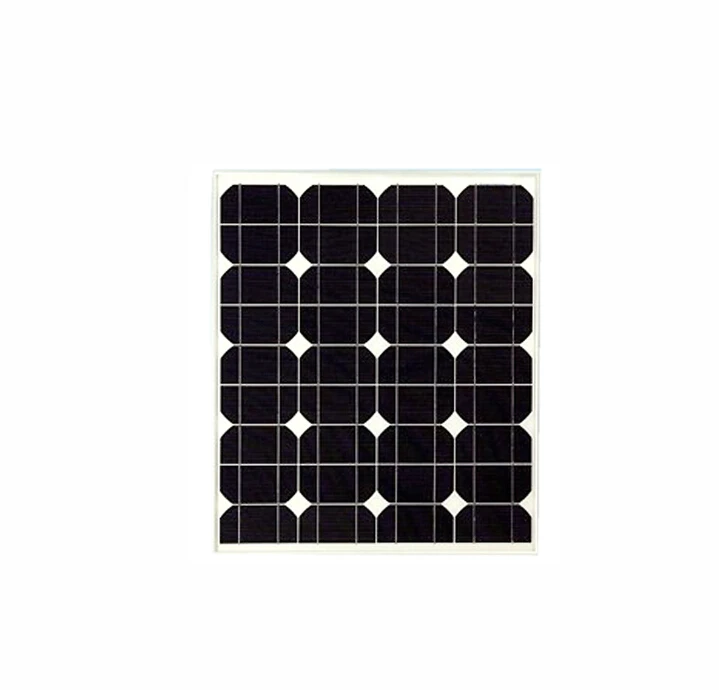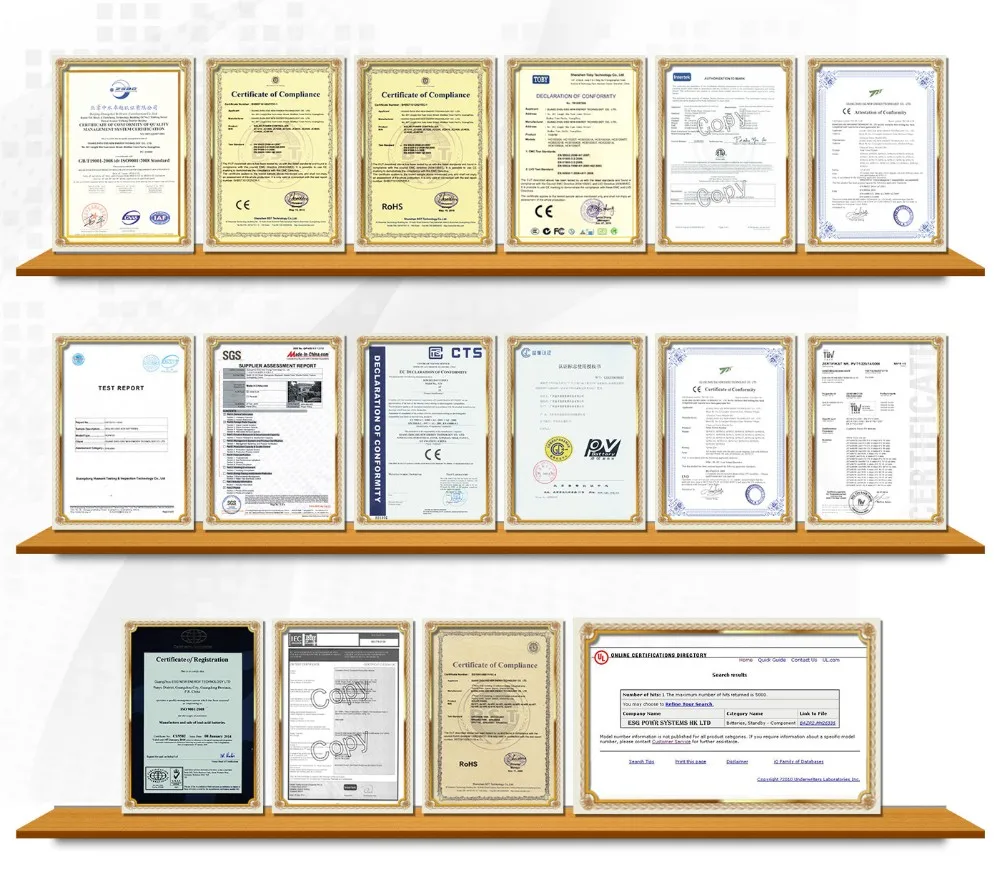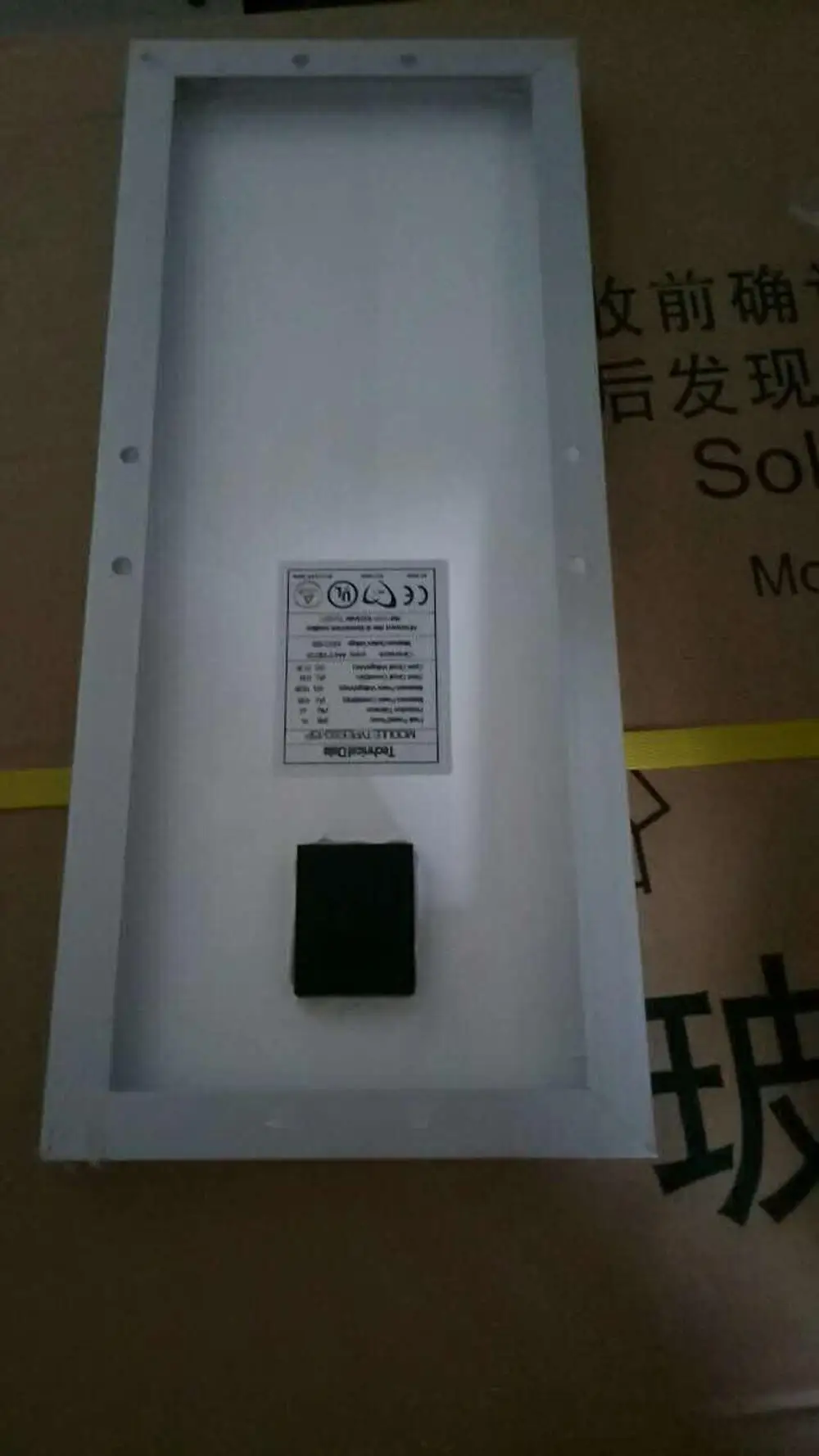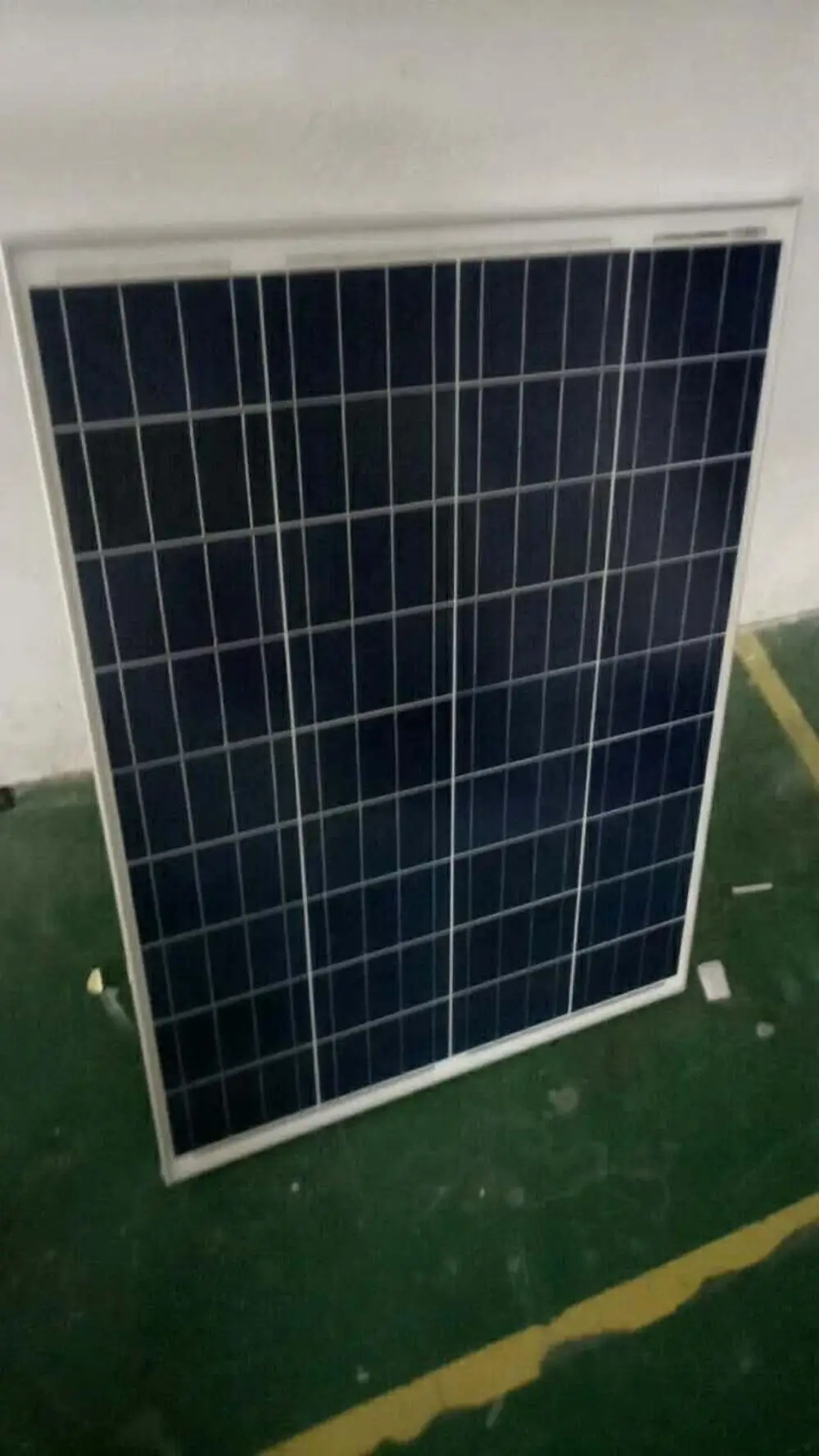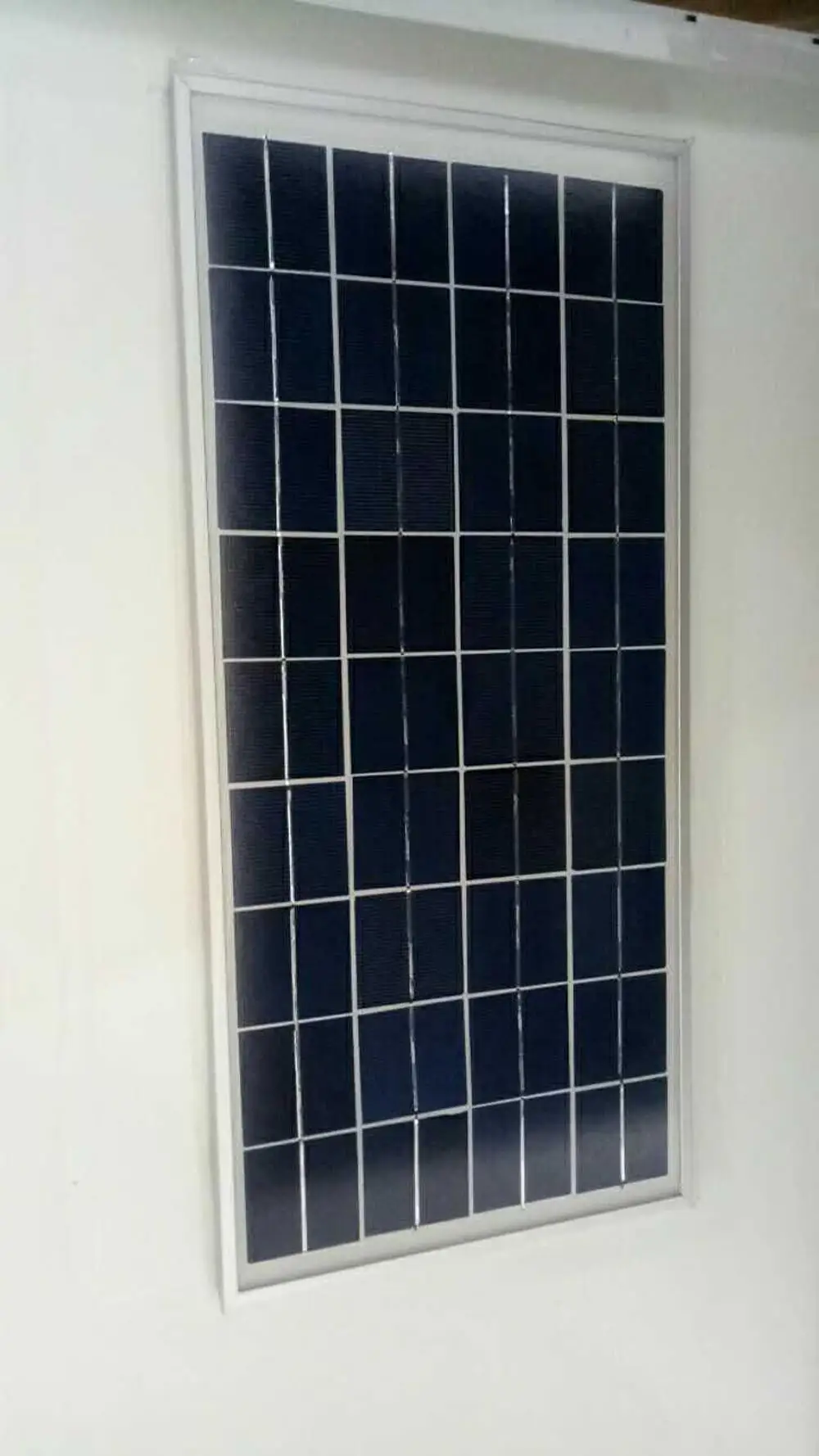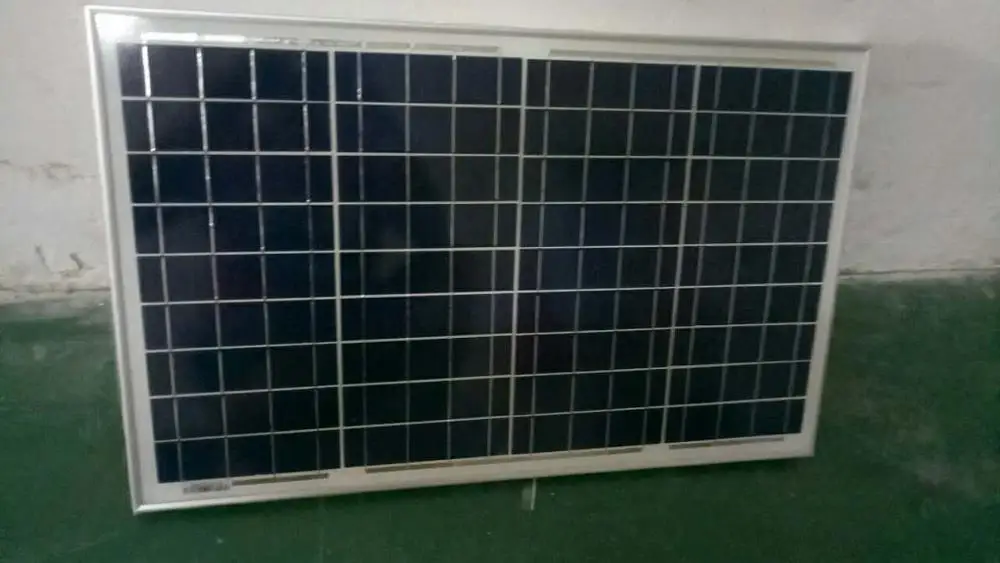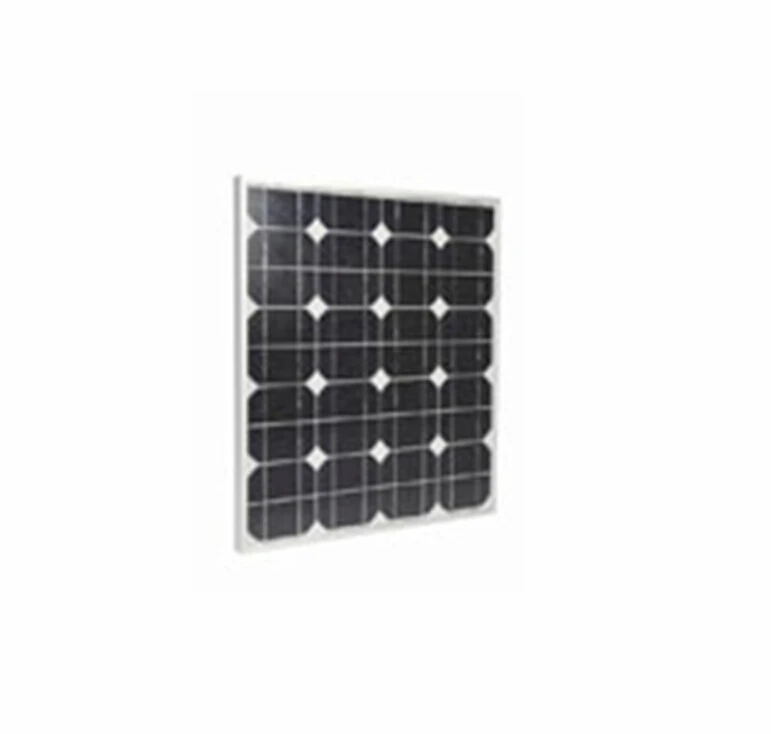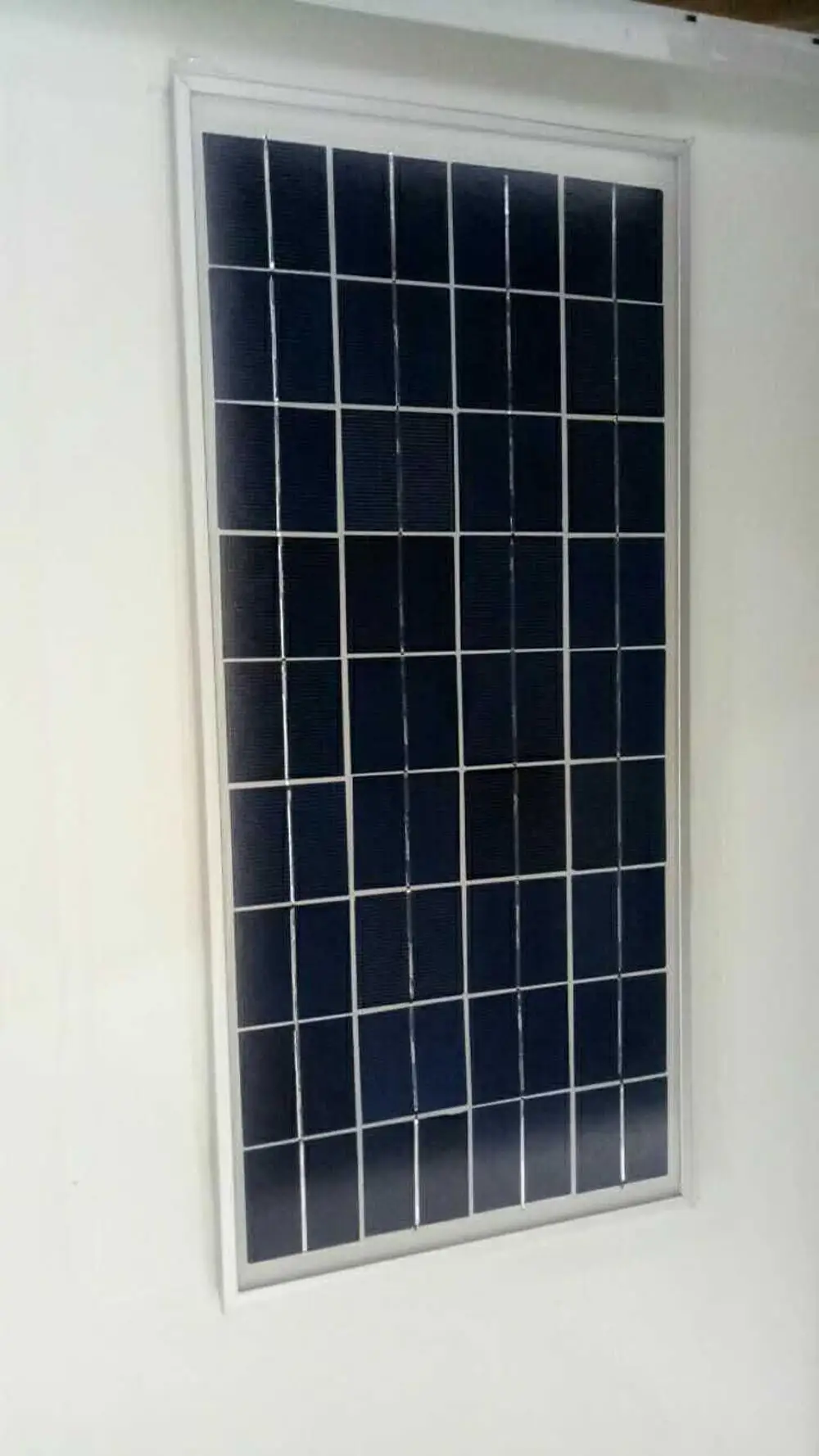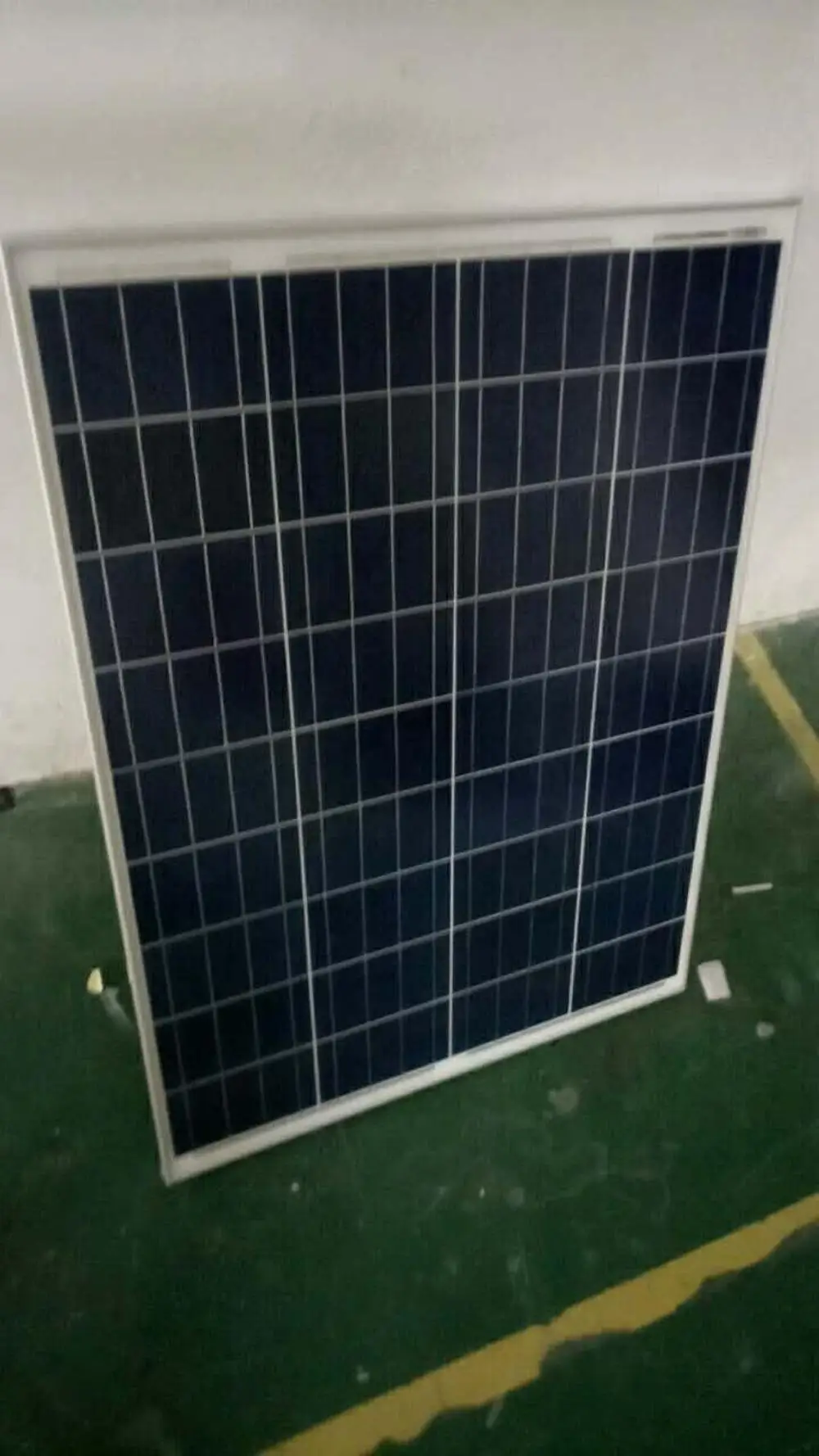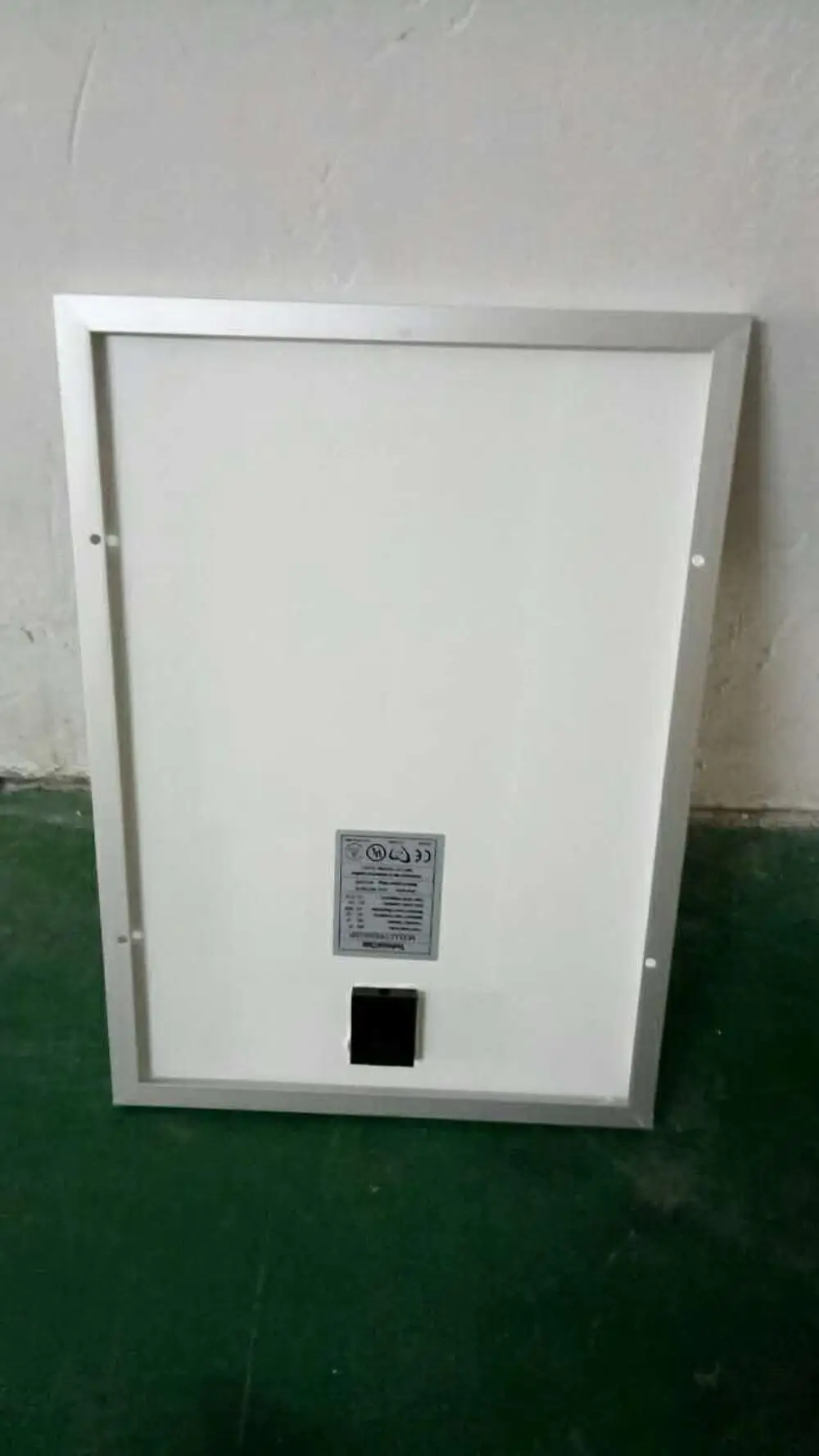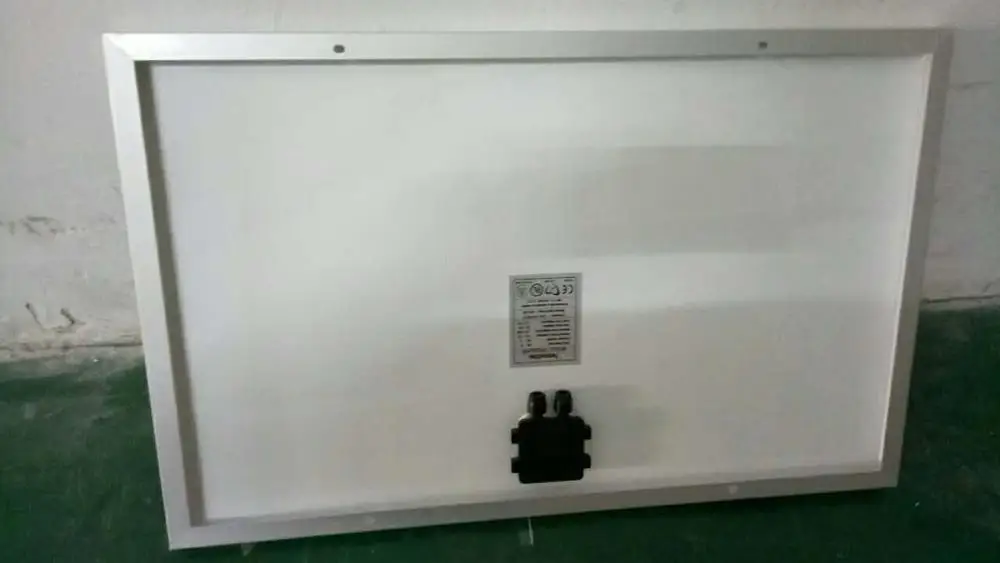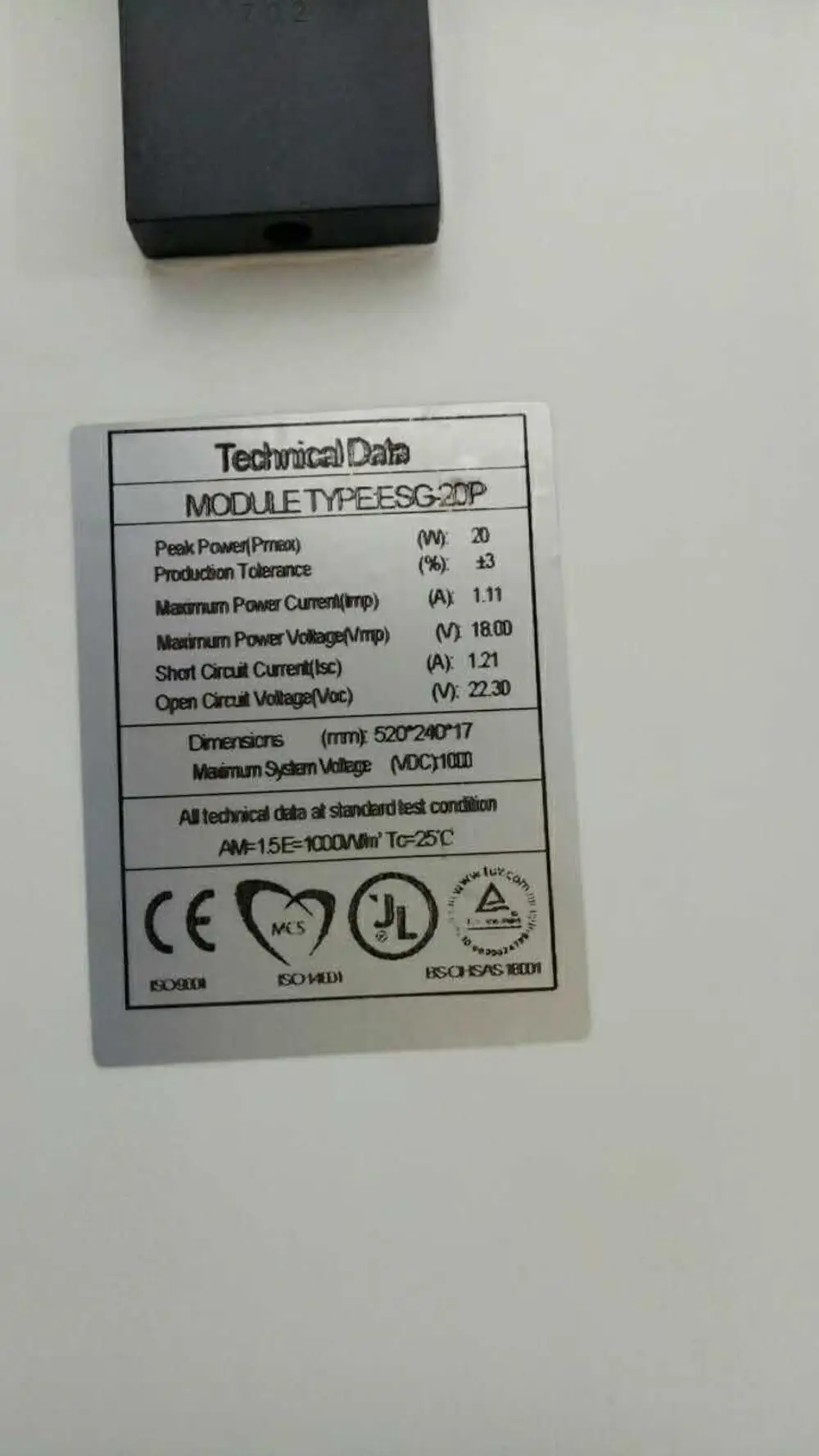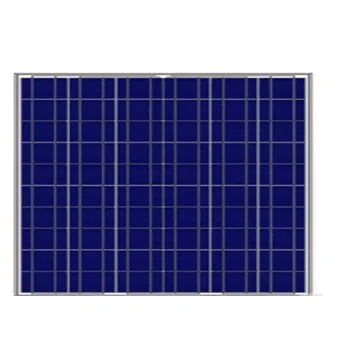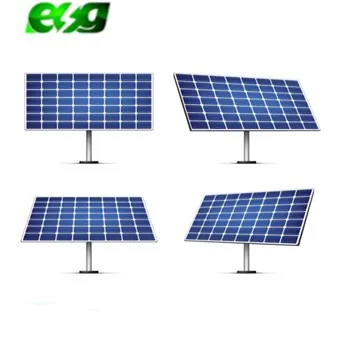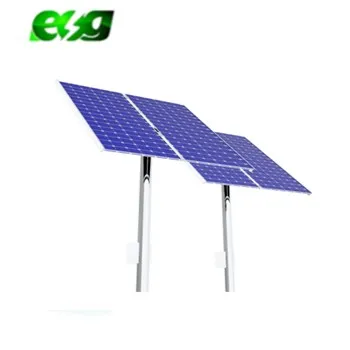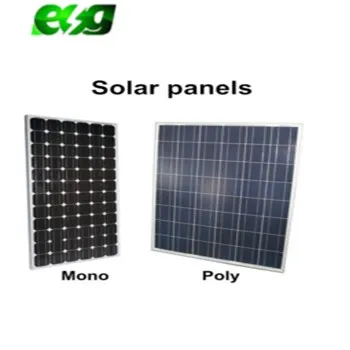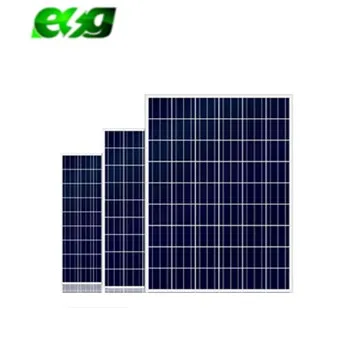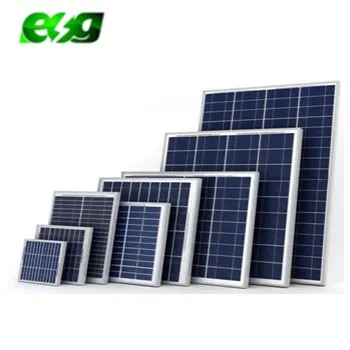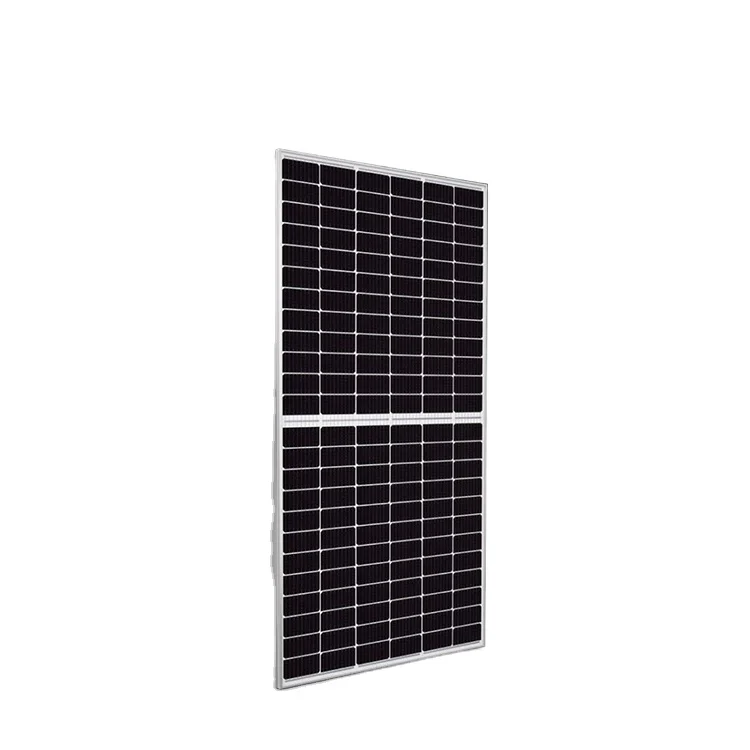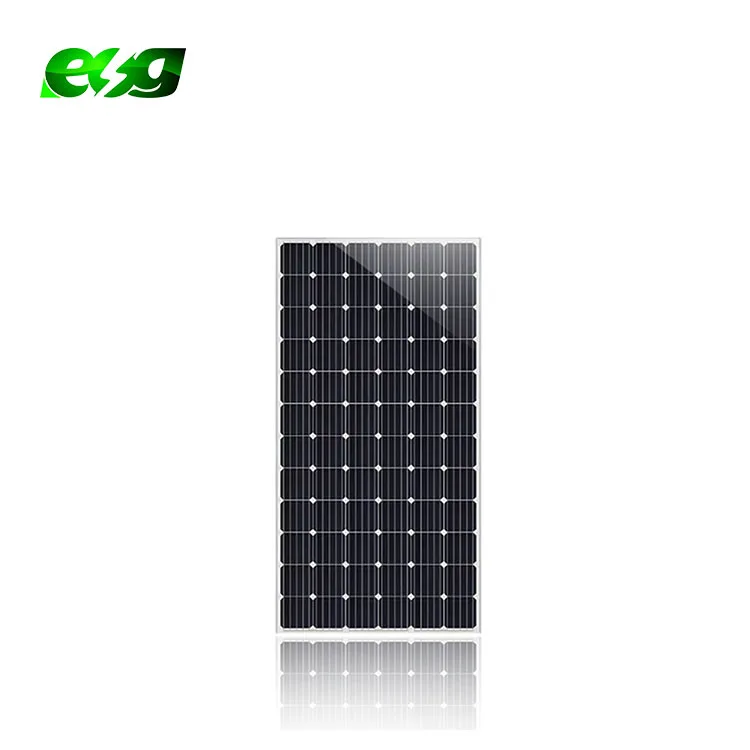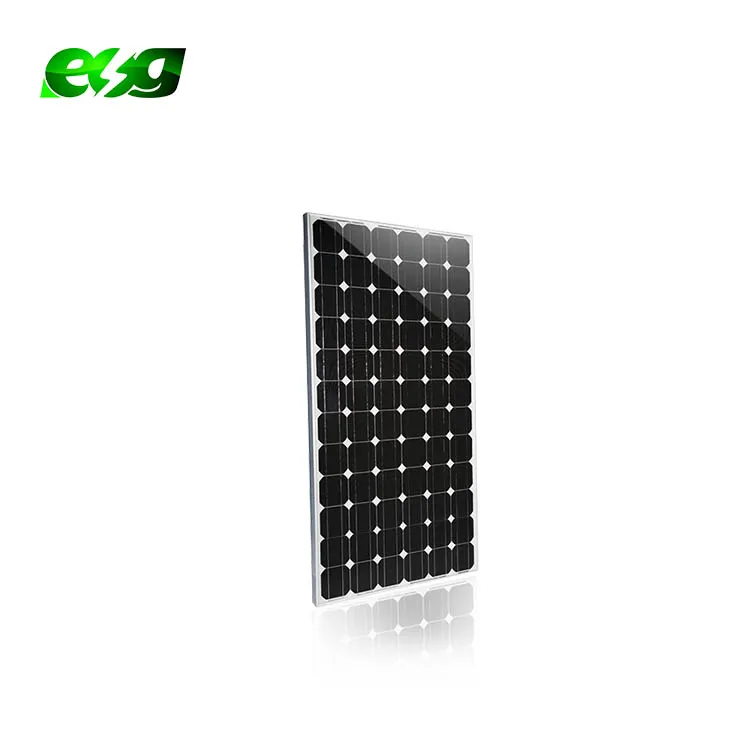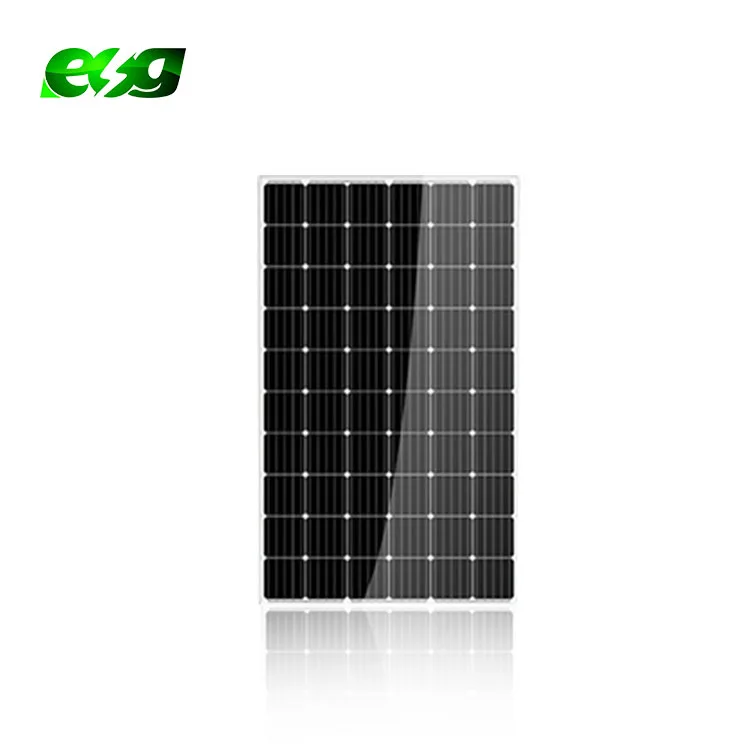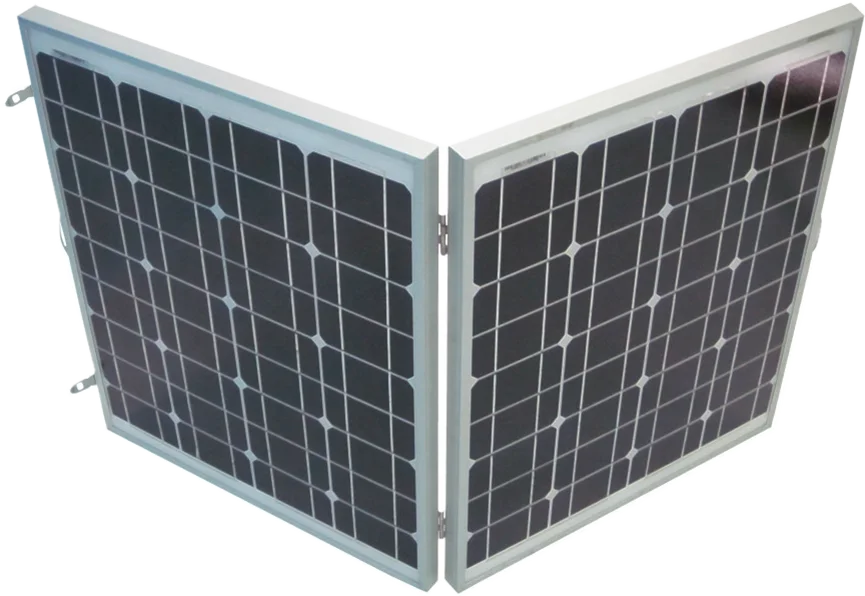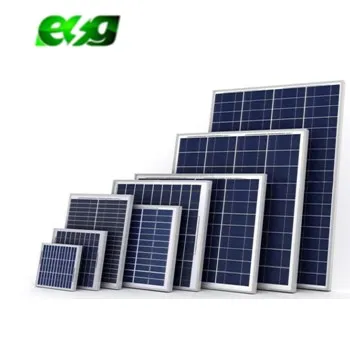Infrared Receiver Module: Key Features, Applications, and Buying Guide
Infrared Receiver Modules are essential components in modern electronics, enabling remote control functionality in devices like TVs, air conditioners, and smart home systems. This guide covers everything you need to know about these modules, from their features to how to select the best one for your project.
How to Find Reliable Infrared Receiver Module from China in 2025
China remains a leading supplier of Infrared Receiver Modules, offering competitive prices and high-quality products. To find reliable suppliers, consider platforms like Alibaba, which list verified manufacturers. Look for suppliers with positive reviews, certifications (like ISO 9001), and a track record of timely deliveries. Request samples to test product quality before placing bulk orders.
What Buyers Should Know Before Buying Infrared Receiver Module from China
Before purchasing, verify the module's specifications, such as operating voltage, frequency range, and compatibility with your devices. Ensure the supplier provides clear documentation and warranties. Shipping costs and lead times are also critical factors—discuss these details upfront to avoid surprises.
Types of Infrared Receiver Module
There are several types of Infrared Receiver Modules, including:
- Standard IR Receivers: Commonly used in TVs and home appliances.
- High-Sensitivity Modules: Ideal for long-range applications.
- Miniature IR Receivers: Designed for compact devices like wearables.
Functions and features of Infrared Receiver Module
These modules detect infrared signals from remote controls and convert them into electrical signals. Key features include:
- Low power consumption
- Wide operating voltage range (2.7V to 5.5V)
- Immunity to ambient light interference
Scenarios of Infrared Receiver Module
Infrared Receiver Modules are used in various applications:
- Home Entertainment: TVs, sound systems, and streaming devices.
- Smart Home Systems: Controlling lights, thermostats, and security cameras.
- Industrial Automation: Remote operation of machinery and equipment.
How to Choose Infrared Receiver Module
Selecting the right module depends on:
- Compatibility: Ensure it works with your device's IR protocol.
- Range: Choose a module with sufficient detection distance.
- Environmental Conditions: Opt for models with robust shielding if used in harsh environments.
Infrared Receiver Module Q & A
Q: What is the typical lifespan of an IR receiver module?
A: Most modules last 5-10 years, depending on usage and environmental factors.
Q: Can I replace an IR receiver module myself?
A: Yes, if you have basic soldering skills and follow the manufacturer's guidelines.
Q: How do I test if my IR receiver is working?
A: Use a smartphone camera to check if the IR remote emits light when buttons are pressed.
Q: Are all IR receiver modules compatible with any remote?
A: No, compatibility depends on the frequency and protocol used by the remote.
Q: What causes IR receiver modules to fail?
A: Common causes include voltage spikes, physical damage, and prolonged exposure to direct sunlight.



